By Bettie Parsons Barger and Jennifer M. GraffFor so many of us, books can feel like best friends, close family members, long-lost relatives, or trusted mentors. We gravitate toward them through our desire to connect or understand, to be inspired, or to experience a new or fresh perspective. As educators and literature advocates we also strive to help youths develop relationships with books, often relying on their curiosity about themselves and the unknown to help forge those connections.The United States Board of Books for Young People’s Outstanding International Books (OIB) lists are excellent resources for such pursuits. Shared in previous CLA Blog posts, each OIB list highlights 40-42 international books that are available in the United States. In 2021, the OIB committee read over 530 books prior to selecting the 42 titles for the 2022 list. These titles represent outstanding literature from 24 different countries and 2 indigenous territories in Canada.
As we look at the past three years of OIB lists, we recognize how our current realities are reflected in the committees’ selections. Julie Flett’s (2021) We All Play/ Kimêtawânaw illustrates humans’ innate connection to nature and the joyous experiences of playing outdoors, as the current pandemic has encouraged. The Elevator (Frankel, 2020) speaks to the power of humorous storytelling to unite strangers who unexpectedly find themselves in close quarters. The current Ukrainian-Russian tensions mirror the conflict in How War Changed Rondo (2021). Silvia Vecchini’s (2019) graphic novel, The Red Zone: An Earthquake Story, and Heather Smith’s (2019) picturebook, The Phone Booth in Mr. Hirota’s Garden, are stirring testimonies about ongoing global natural disasters, such as the recent volcano eruption and subsequent earthquake and tsunami that have devastated the Pacific nation of Tonga. Partnering the beliefs that books including hostile and traumatic events “can provoke reflection and inspire dialogue that sensitizes readers . . .” (Raabe, 2016, p.58) and that “stories are important bridging stones; they can bring people closer together, connect them, and help overcome alienation” (Raabe & von Merveldt, 2018, p.64), we created a sampling of five text sets that can be readily used in K-12 classrooms. A Sampling of Outstanding International Books Text Sets (2020-2022)
(Book covers are organized by younger-to-older audience gradation.) Wars and Revolutions
(civil, border, global, & cultural) Human Resilience
(civil, border, global, & cultural) Telling Stories and Sharing Memories
(personal, biographical, cultural, geographical, historical, traditional, philosophical, intergenerational, visual, epistolary) Connecting with Nature
(accentuating humans’ relationships with the natural world) Creative Outlets
(Playful approaches to familiar topics, how play and curiosity can foster connections and community, and the role of imagination in creating new possibilities and realities, benefits of unexpected journeys)
Featuring over 100 OIB books from the 2020-2022 lists, including all of the 2022 books, these text sets are intentionally broad in scope and varied in format to enable numerous groupings or pairings. Here are a couple of possible groupings. Creative Outlets
Wars and Revolutions
We hope these possible text sets and sub-groupings serve as a springboard for additional text sets that center international stories in our academic and personal lives and help us not only better understand the past but also negotiate the present to help build a more informed, inclusive, and joyous future. For more information about OIB books and USBBY, please join us in Nashville, Tennessee, March 4-6, 2022 for USBBY’s Regional Conference. References Rabbe, C. (2016). “Hello, dear enemy! Picture books for peace and humanity.” Bookbird: A Journal of Children’s LIterature, 54(4), 57-61. Rabbe, C. & von Merveldt, N. (2018). “Welcome to the new home country Germany: Intercultural projects of the International Youth Library with refugee children and young adults.” Bookbird: A Journal of Children’s LIterature, 56(3), 61-65. Bettie Parsons Barger is an Associate Professor in the Department of Education Core at Winthrop University and has been a CLA Member for 10+ years. Jennifer M. Graff is an Associate Professor in the Department of Language and Literacy Education at the University of Georgia, is a former CLA President and Member for 15+ years. BY JENNIFER M. GRAFF AND BETTIE PARSONS BARGER “The stories you read can transform you. They can help you imagine beyond yourself. When you read a great story you leave home. We leave home to find home.”
(Rochman & McCampbell, 1997, p. vii) The COVID-19 Pandemic has significantly shifted global travel to “zooming” from digital screen to digital screen and surfing online streaming services. For those fatigued by such excursions, international children’s books can offer exciting and thought-provoking adventures of the heart, mind, spirit, and global consciousness. Readers can enter fantastic worlds, hear previously unheard voices and perspectives, learn more about scientific worlds and cultural communities, and become immersed in emotional episodes that speak to senses of humanity and belonging in books published on multiple continents. The United States Board on Books for Young People (USBBY)’s annual Outstanding International Books (OIB) list is a great go-to guide for such literary experiences. As mentioned in Wendy Stephens’ overview of youth literature awards and described by USBBY President, Evie Freeman, the OIB list provides readers of all ages--especially educators and readers in grades PreK-12--a collection of 40-42 books originally published outside of the United States (U.S.) that are now available in the U.S. These books, selected by a committee of teachers, librarians, children’s literature and literacy education teacher educators and scholars, connect us to noteworthy international authors and illustrators who seek to entertain, inform, challenge, delight, stimulate, and unite people through story.
Engaging with the 2021 OIB List: A Geographical Map and Themed Text Sets  Even with the grade-level band organization of the OIB list, selecting which books to read might feel daunting. Two ways to help facilitate book selections are the Interactive Google Map and thematic text sets. Each OIB list has its own interactive Google Map, illustrating the international communities represented by the selected books. Using the color-coded pins on the world map or the left sidebar, select a book to zoom in on its location. Additional uses of the maps include critical analyses and discussions about dominant/absent voices, cultural representations, and equity on a global scale. The 2021 OIB books also fit within text sets conducive to interdisciplinary and socioemotional learning as well as differentiated instruction. The table below includes the 35 OIB titles identified for PreK-8 grades organized into five themes. While each book is mentioned once, many could fit into multiple themes. The variety of genres, formats, and cultural origins reminds us that storytelling and humanity have no borders and amplifies the connections and intersections of self and society. Visit the USBBY OIB website or the February issue of the School Library Journal for all of the book annotations.
References Rochman, H., & McCampbell, D. Z. (1997). Leaving home. HarperCollins Children’s Literature References The OIB 2021 Bookmark has bibliographic information for the aforementioned books. Jennifer M. Graff is an Associate Professor in the Department of Language and Literacy Education at the University of Georgia, is a former CLA President and has been a CLA Member for 15+ years. Bettie Parsons Barger is an Associate Professor in the Department of Curriculum and Pedagogy at Winthrop University and has been a CLA Member for 10+ years. BY LIZ THACKERAY NELSON & MARGARET OSGOOD OPATZ  As former teachers, we are familiar with our students’ common refrain: “What does this book have to do with me?” Helping our students connect to what we teach in meaningful ways increases motivation, engagement, and overall learning (Guthrie & Wigfield, 2000). In this blog post we want to explore how creating and sequencing text sets to foster student background knowledge helps students make meaningful connections and increases reading engagement. The importance of readers’ background knowledge has been acknowledged for decades (Anderson, Reynolds, Schallert, & Goetz, 1977; Cunningham & Stanovich, 1998; Reynolds, Taylor, Steffensen, Shirley, & Anderson, 1982), yet in schools throughout our country readers are placed in texts that are decontextualized and reflect a lived experience very different from their own, making it challenging to construct meaning from the text and ultimately learn from it (Fleming, Catapano, Thompson, & Ruvalcaba Carrillo, 2015). This is particularly true when it comes to the informational content presented in science. To support readers in comprehending and learning from texts, teachers can reshape the curriculum by beginning with students’ lived experiences in mind. Reshaping the curriculum includes the use of high-quality literature sequenced in a way that begins with familiar content and contexts and then moves further from students’ lived experiences to the expected or mainstream curriculum. Learning about Animal Adaptations in an Urban Setting For example, when addressing science standards to teach about how animals adapt to their environment, many units of study focus on exotic animals such as those found in the Amazon Rainforest, the Serengeti, or Australian Outback--using texts such as I See a Kookaburra! (Jenkins & Page, 2005) , Biggest, Strongest, Fastest (Jenkins, 1997), or What Do You Do With a Tail Like This? (Jenkins & Page, 2008). While it certainly isn’t bad to teach about exotic animals and their unique ecosystems, to help students first understand how animals function in their unique habitat, it can be beneficial to begin with animals that are closer to students’ lived experiences. Therefore, before moving to texts that showcase exotic animals, we suggest using texts such as Please, Puppy, Please (Lee & Lee, 2005), Animal Babies in Towns and Cities (Kingfisher, 2005), City Critters: Wildlife in the Urban Jungle (Read, 2012), or Urban Roosts: Where Birds Nest in the City (Bash, 1992). These texts allow you to focus on animals that students who live in urban settings can observe in their own environment. Imagine students reading Urban Roosts: Where Birds Nest in the City (Bash, 1992), a book which illustrates several urban locations where birds live and nest (e.g., in a storefront light, under the awning of a building, on a statue that stands on a street corner, in a stoplight). Then, as students walk outside of their school building (or their homes if they are learning online right now), they start to notice the birds that roost on the building’s exterior doorways, creating firsthand experiences of animals adapting to their environments, and opportunities to talk about scientific content beyond the school texts and science class. When meeting as a class again, students discuss how the birds have adapted to and thrive in the urban environment. By situating school texts in familiar contexts, students are able to build background knowledge before being expected to grasp concepts in faraway, unfamiliar places. Because we live in an urban area, we would sequence our animal adaptation text set like this: Based on the area where you live, you may want to change the order of the texts. For example, salamanders are very common in some parts of the United States, so teachers in that area may want to move Salamanders by Molly Kolpin closer to the beginning of the text set. Explanation of Text SequenceCreating & Sequencing Your Own Text SetTo create and sequence text sets that begin with students' lived experiences and progress outward, we propose 5 steps:
ReferencesAnderson, R. C., Reynolds, R. E., Schallert, D. L., & Goetz, E. T. (1977). Frameworks for comprehending discourse. American Educational Research Journal, 14(4), 367-381. Cunningham, A. E., & Stanovich, K. E. (1998). What reading does for the mind. American Educator, 22, 8-17. Fleming, J., Catapano, S., Thompson, C. M., & Ruvalcaba Carrillo, S. (2015). More mirrors in the classroom: Using urban children’s literature to increase literacy. Lanham, MD: Rowman & Littlefield. Guthrie, J.T., & Wigfield, A. (2000). Engagement and motivation in reading. In M.L. Kamil, P.B. Mosenthal, P.D. Pearson, & R. Barr (Eds.), Handbook of reading research: Volume III (pp. 403-422). New York: Erlbaum. Reynolds, R.E., Taylor, M.A., Steffensen, M.S., Shirey, L.L., & Anderson, R.C. (1982). Cultural schemata and reading comprehension. Reading Research Quarterly, 353-366. Liz Thackeray Nelson is a doctoral student at the University of Utah in Educational Psychology. Her research interests include writing, multiliteracies, and children's literature. She is currently serving as the chair for the CLA Membership Committee. Margaret Osgood Opatz is a doctoral student at the University of Utah in Educational Psychology. Her studies include reading, literacy, and linguistics. She is a past recipient of the CLA Bonnie Campbell Hill National Literacy Leader Award. |
Authors:
|
CLA
About CLA
|
Journal of Children's Literature
Write for JCL
|
ResourcesCLA-sponsored NCTE Position Statements
|
Members-Only Content
CLA Video Library
|
© COPYRIGHT 2018.
ALL RIGHTS RESERVED |

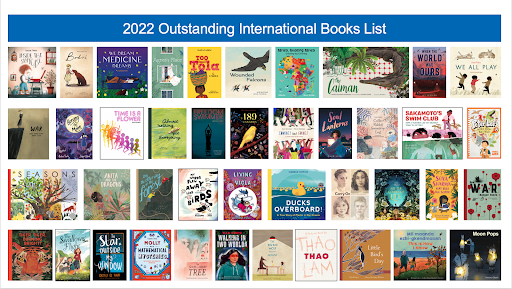
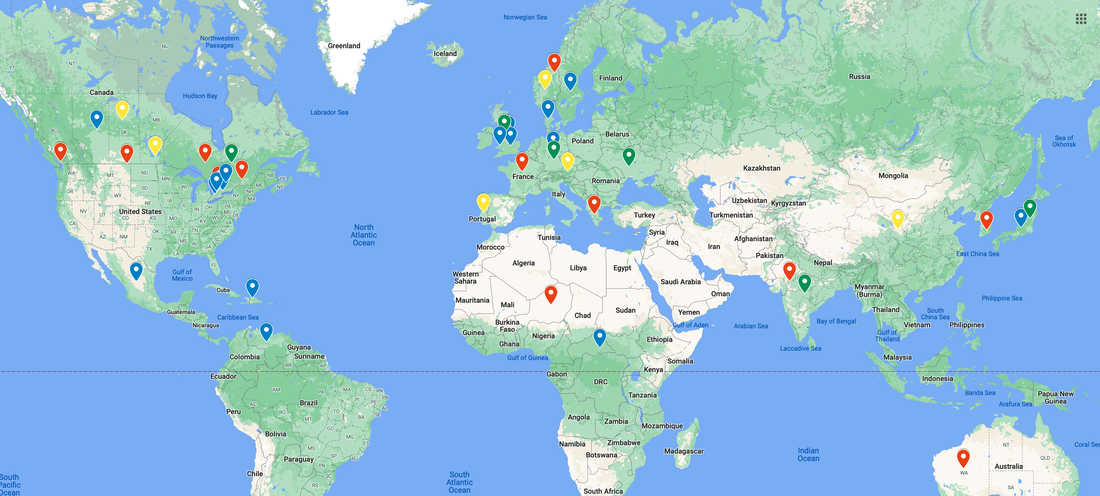
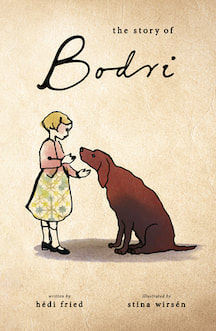
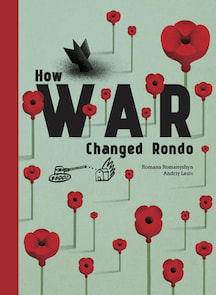

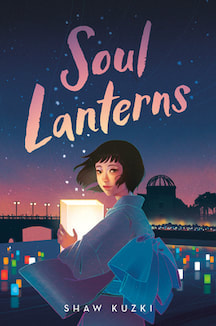
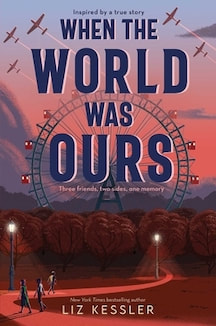
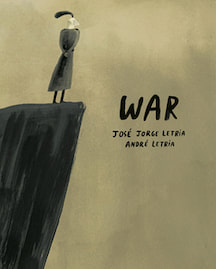
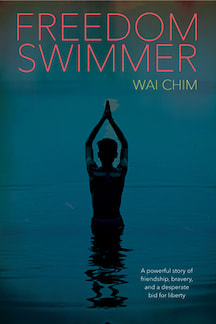
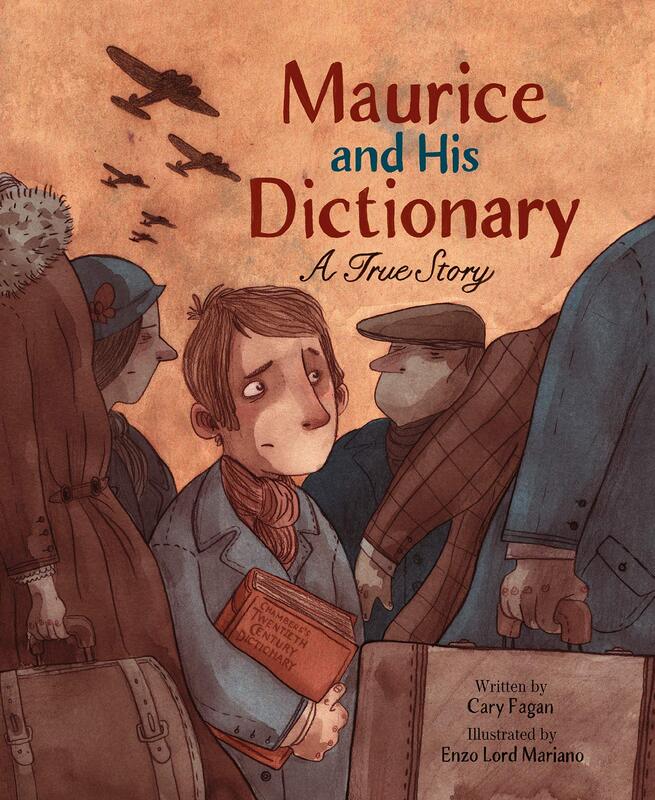
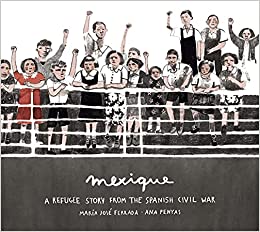
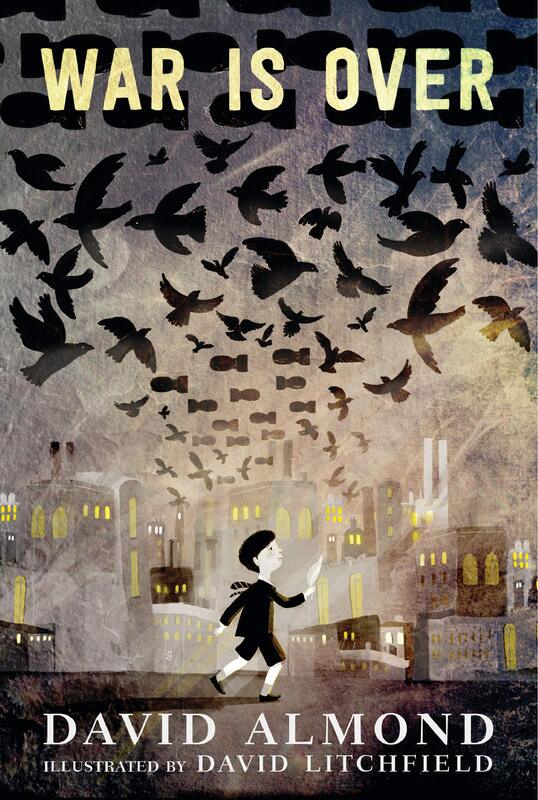
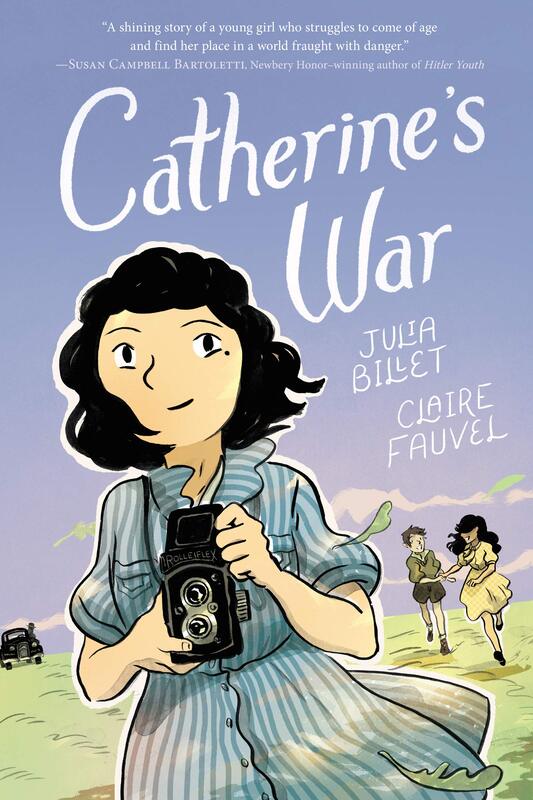
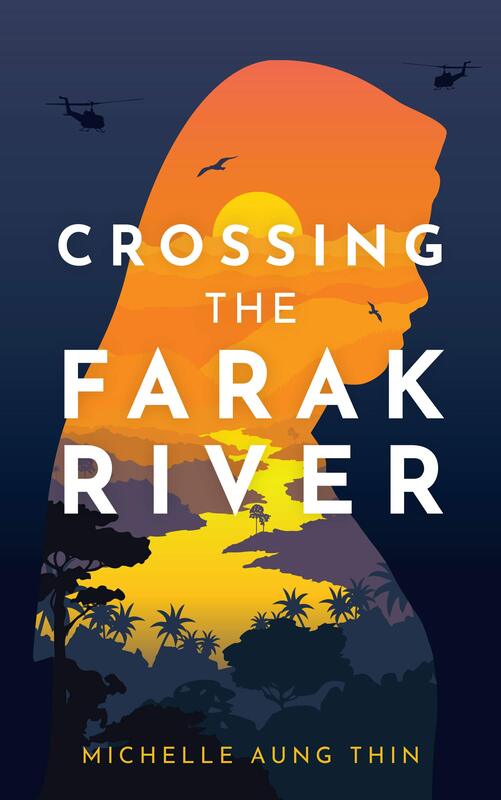
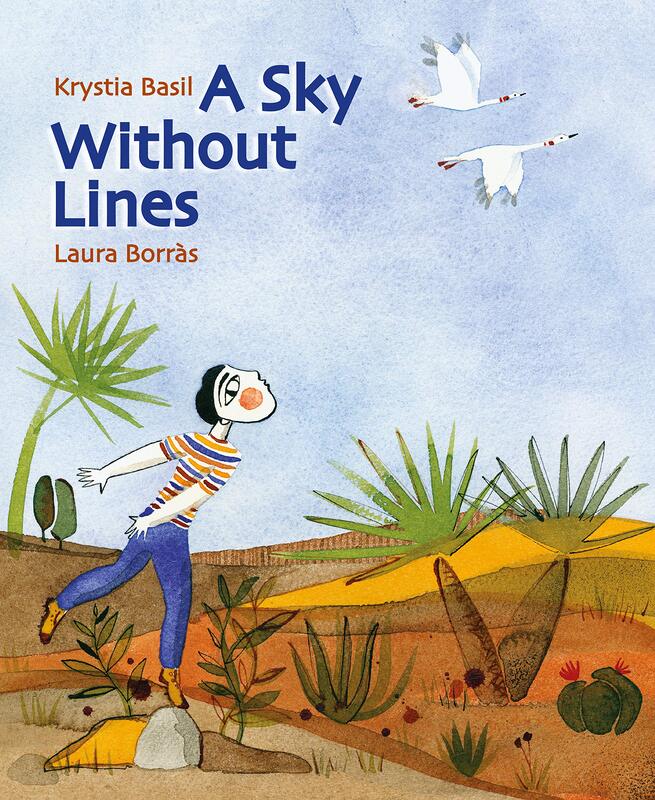
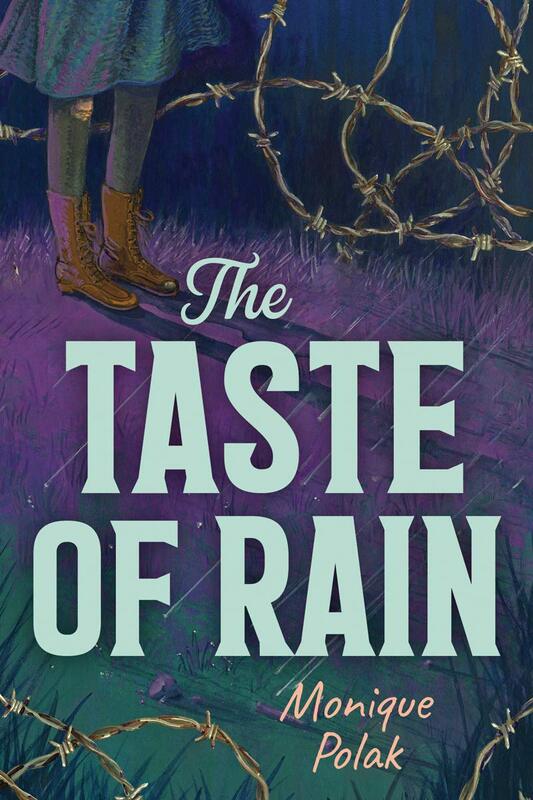
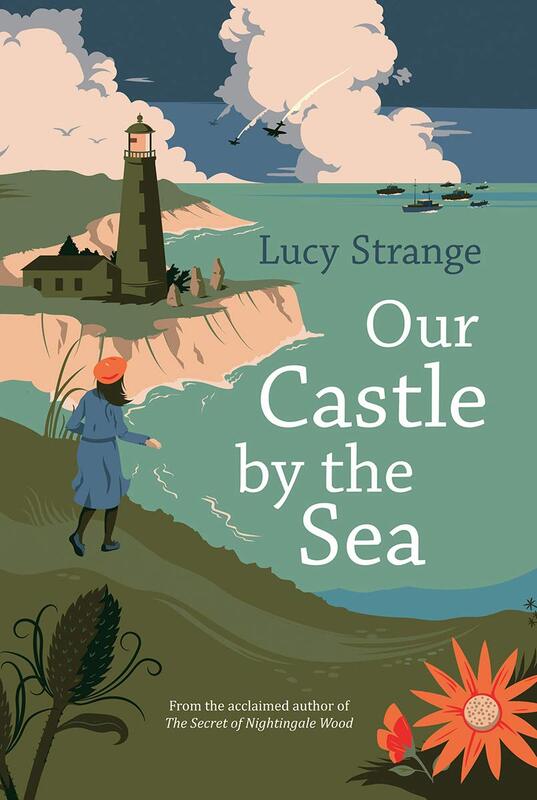
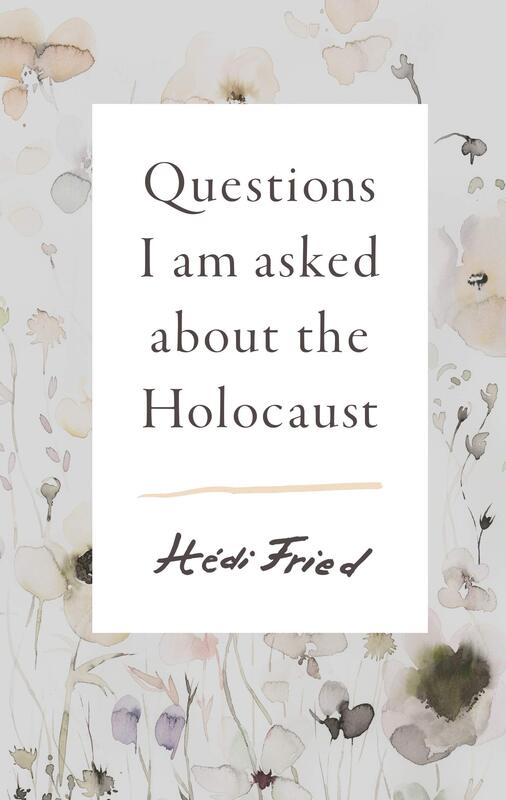
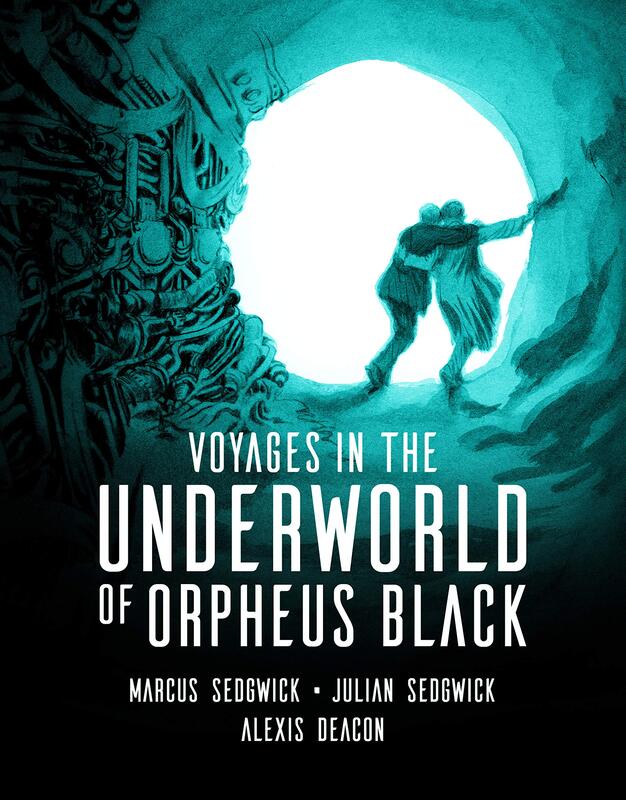
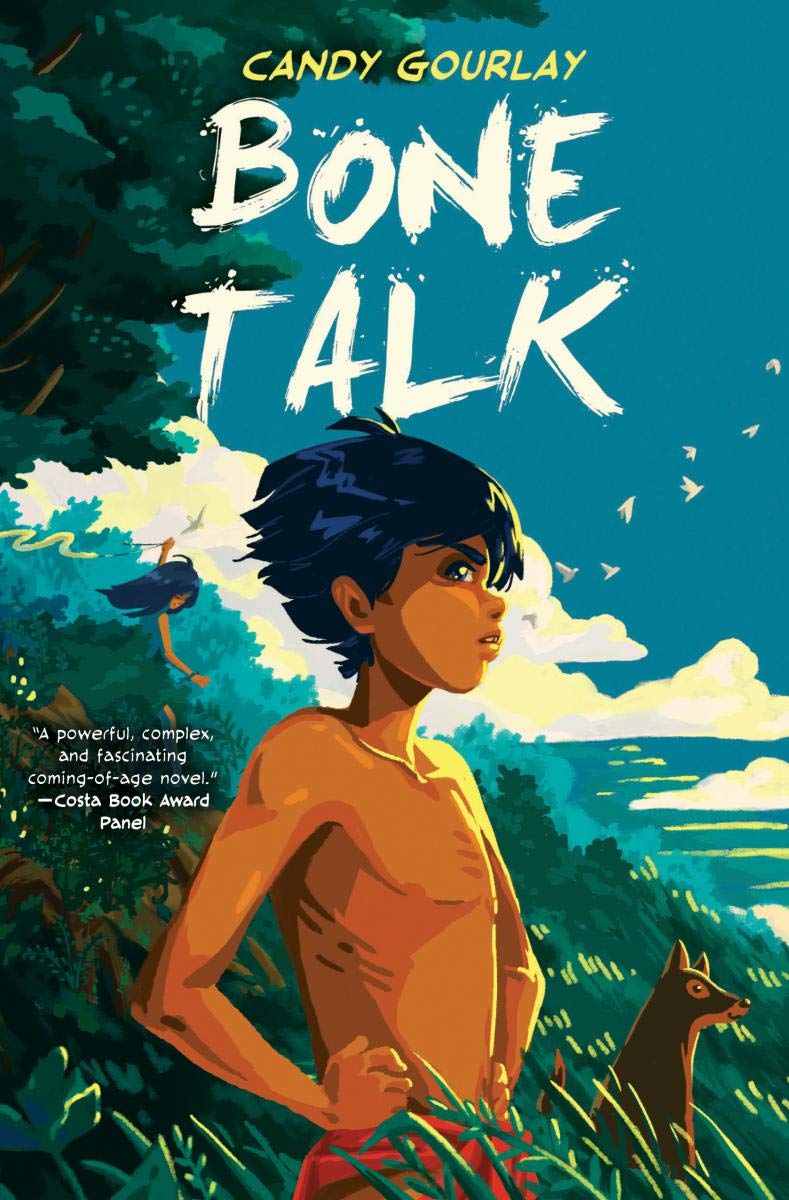
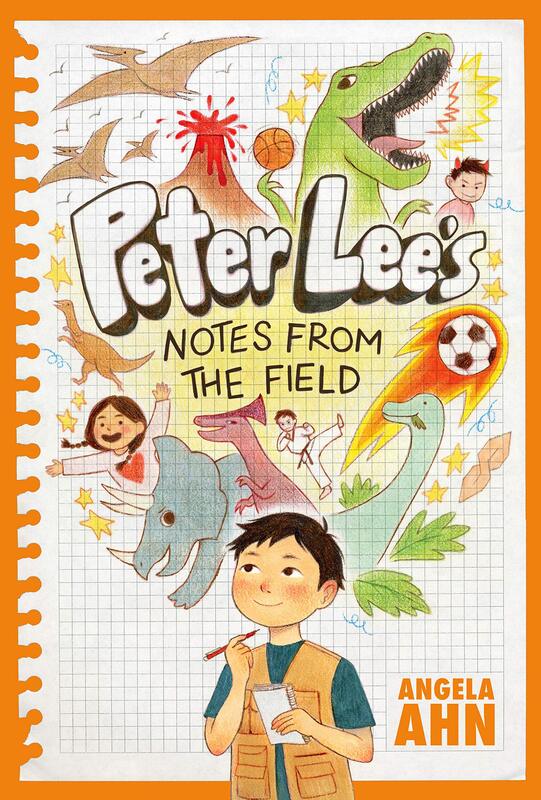
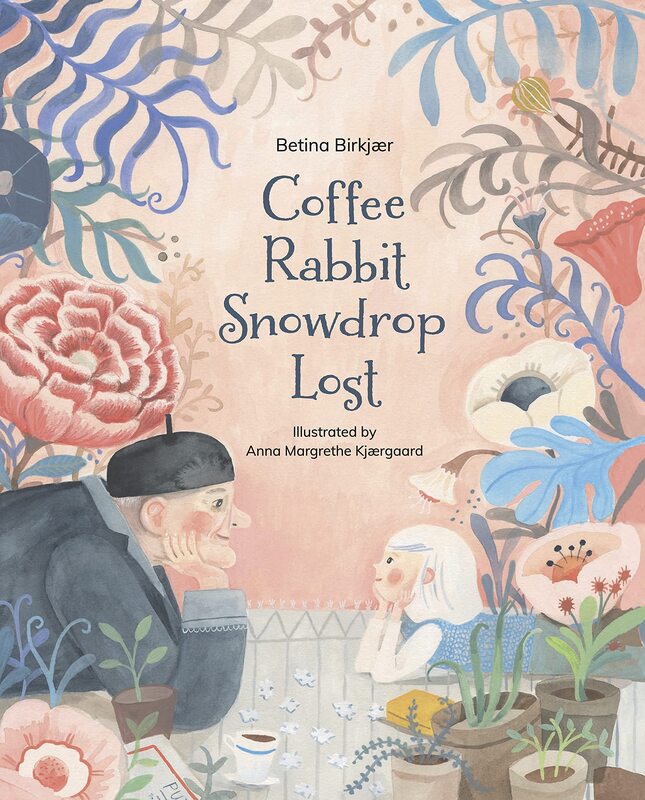
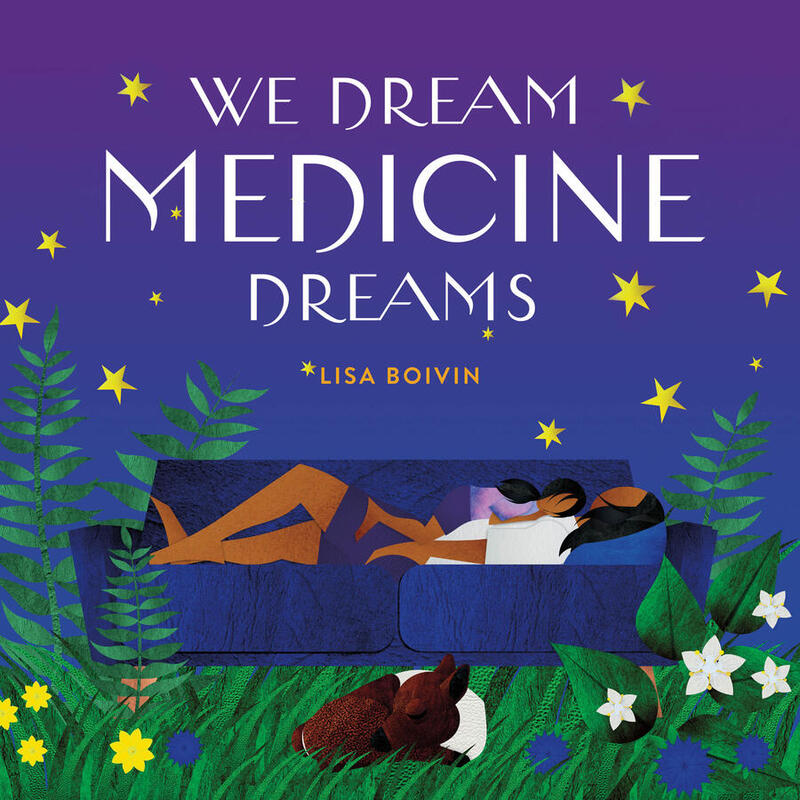
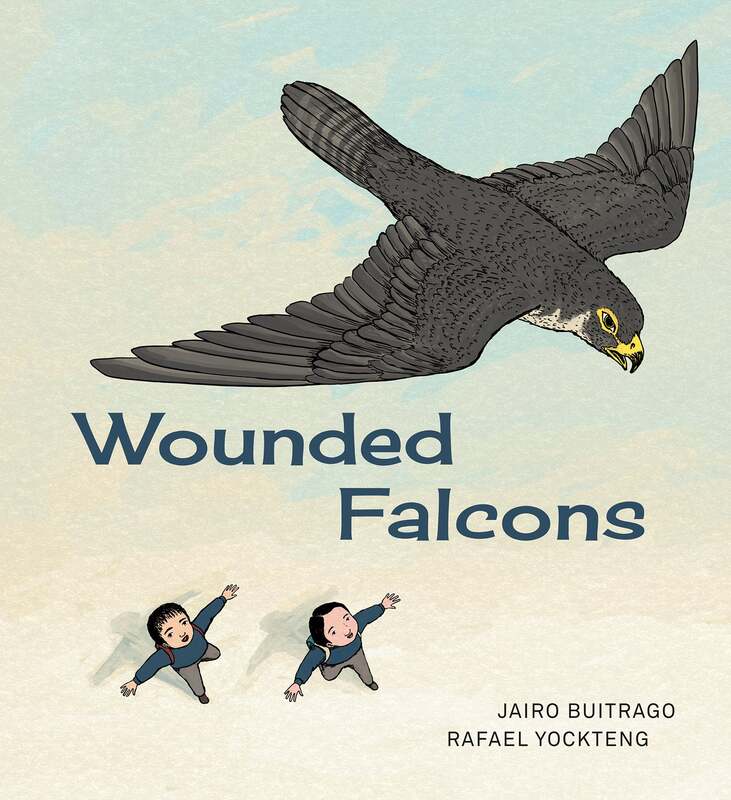
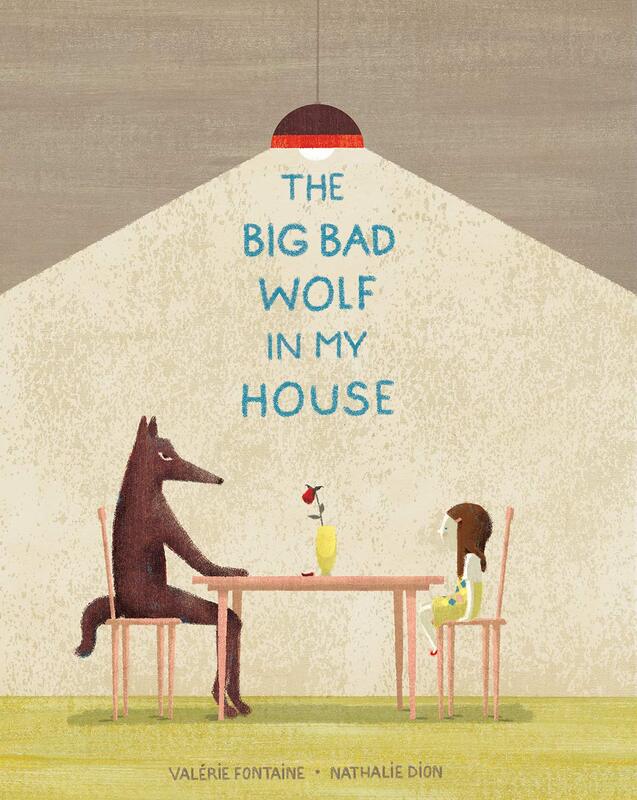
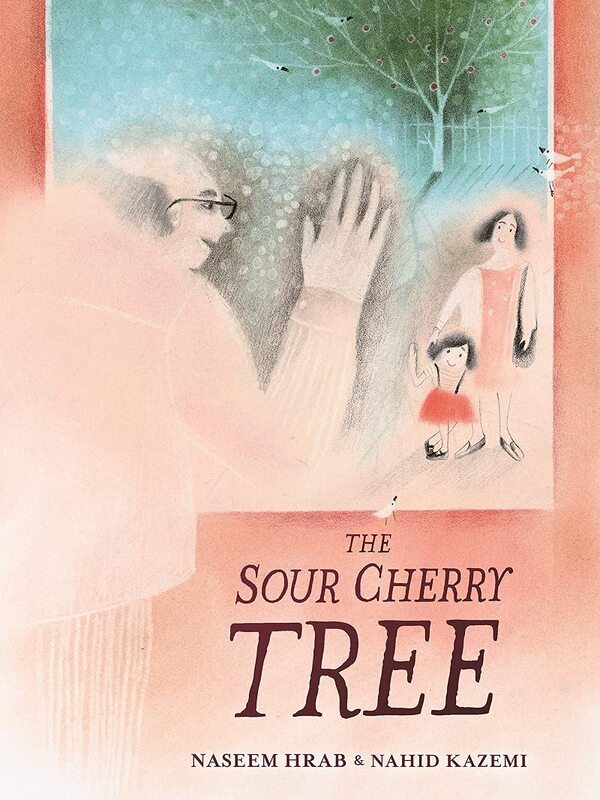
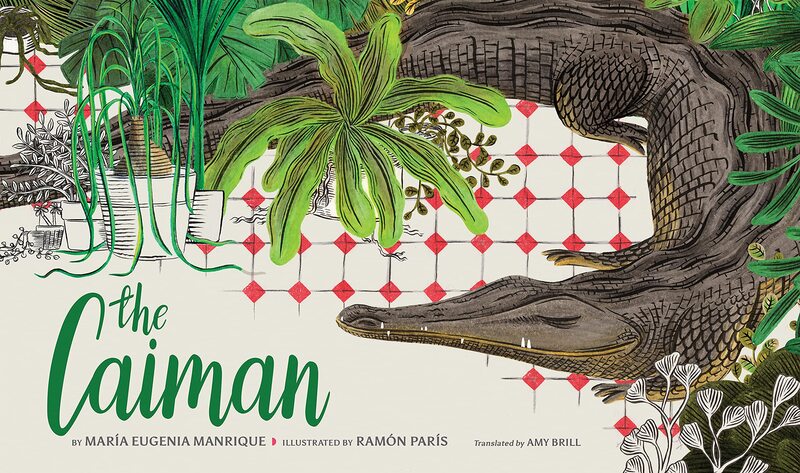
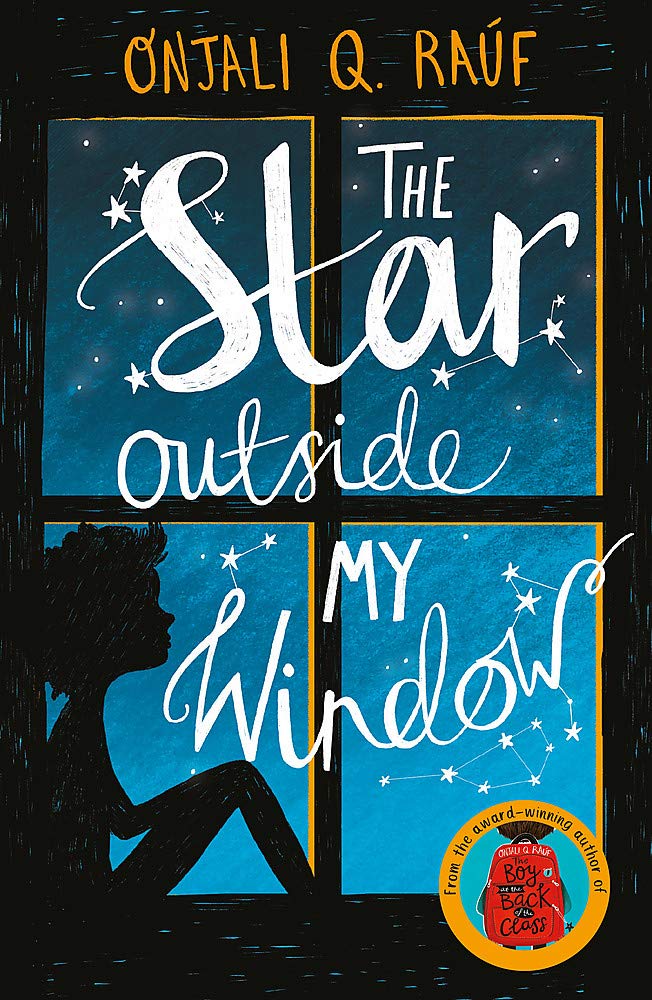
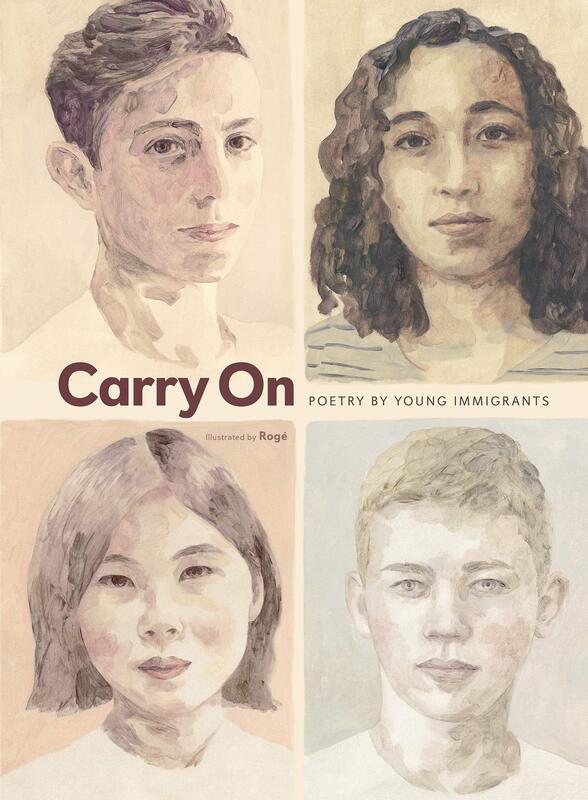
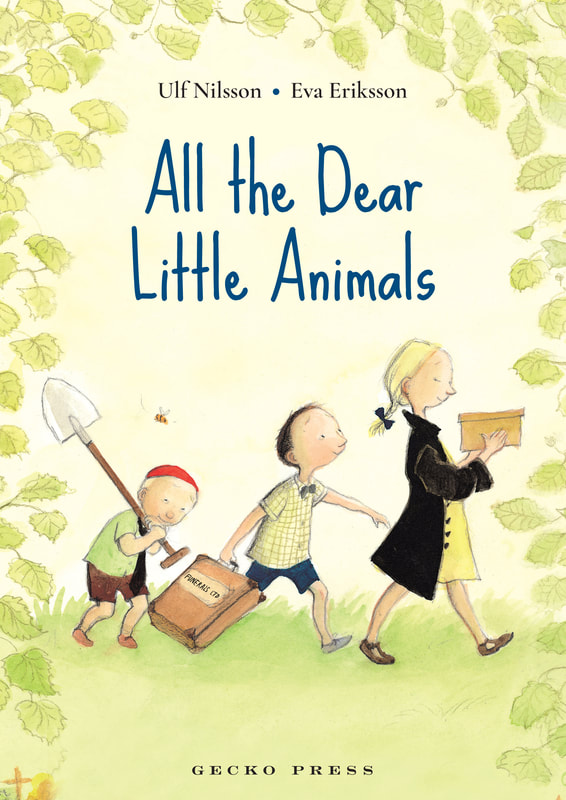
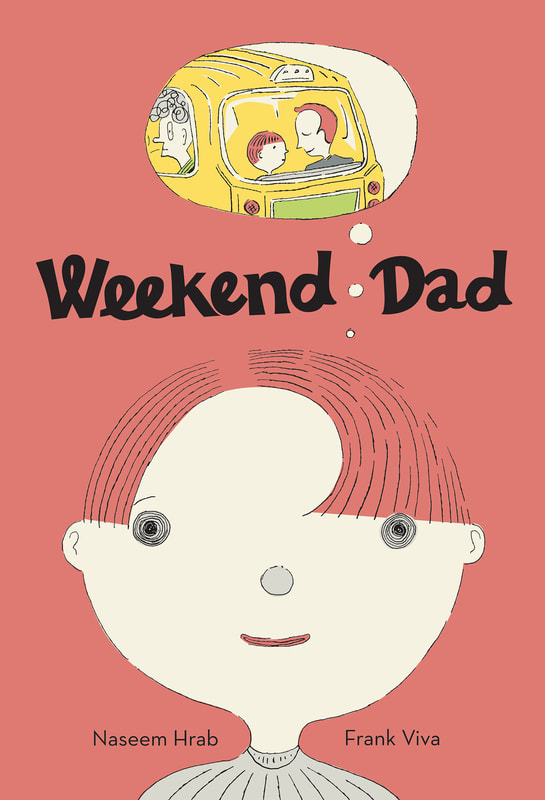
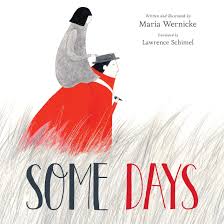
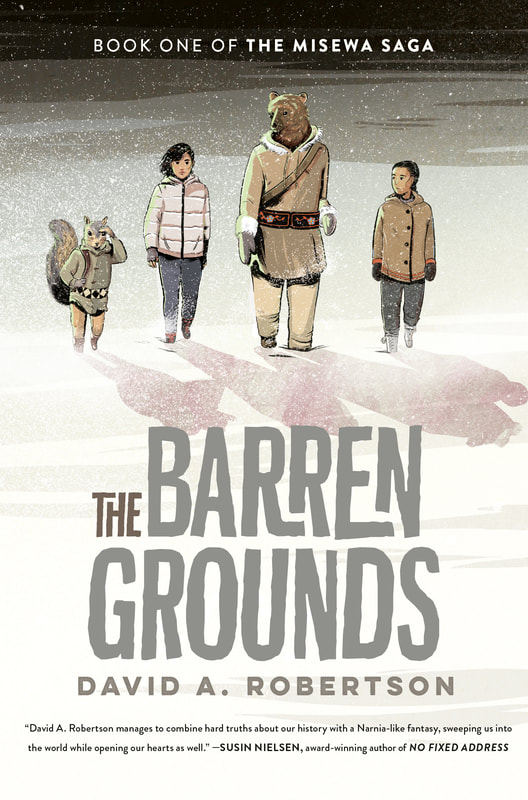
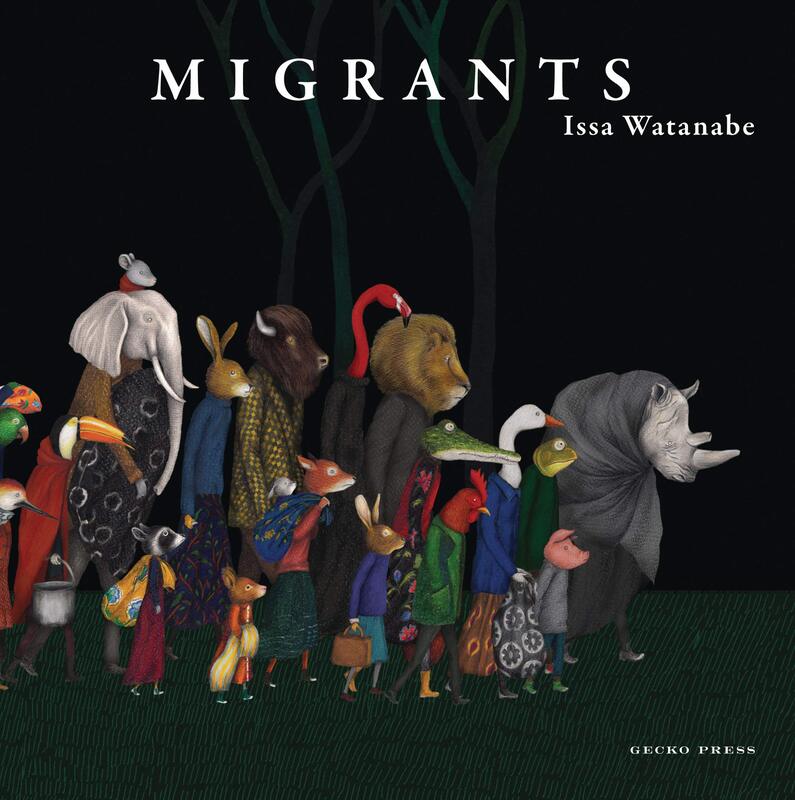
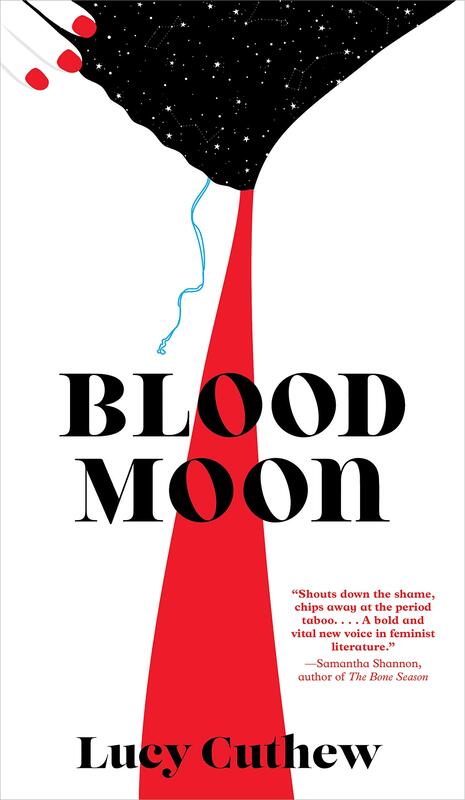
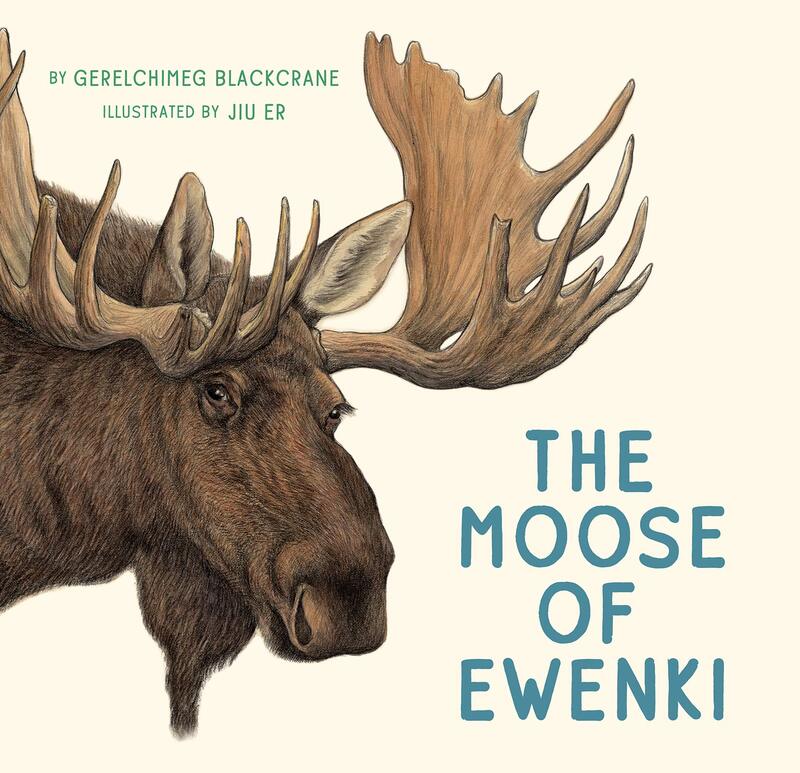
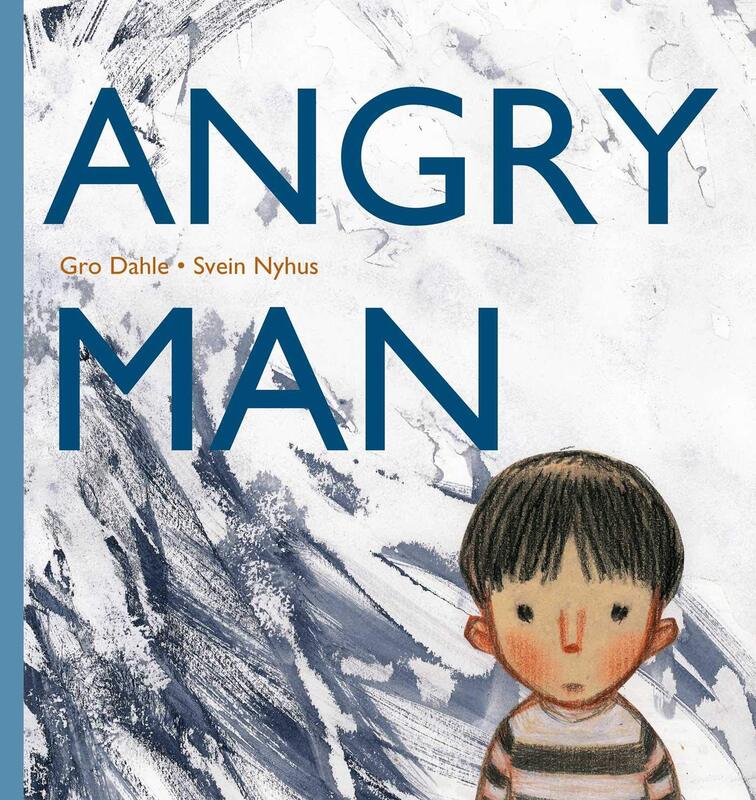
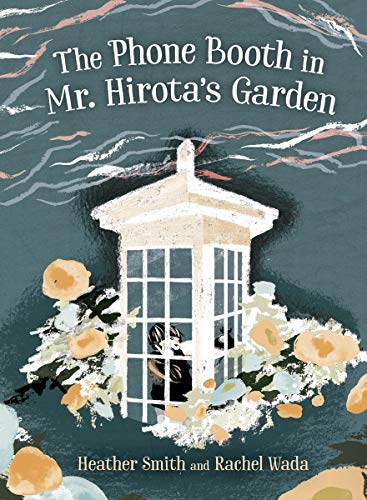
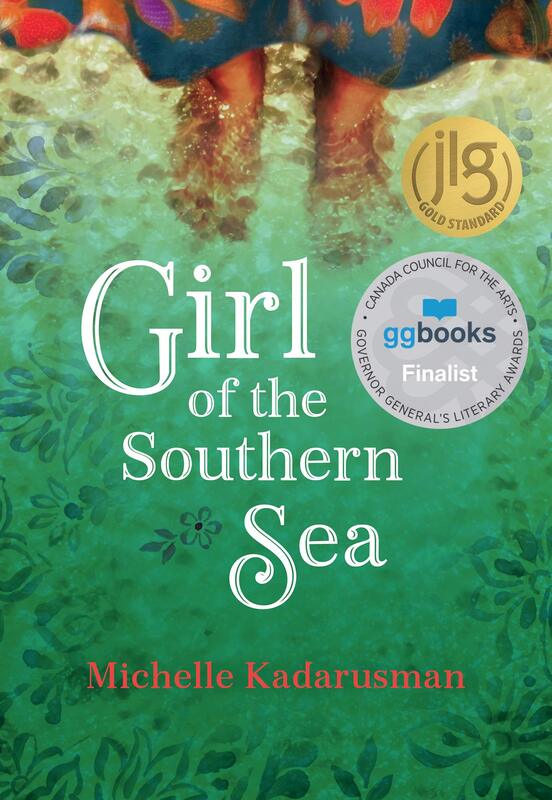
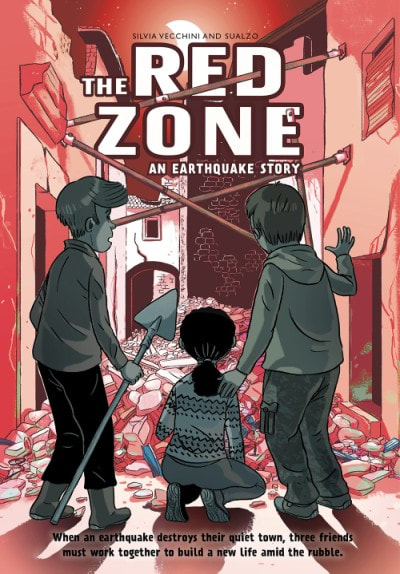
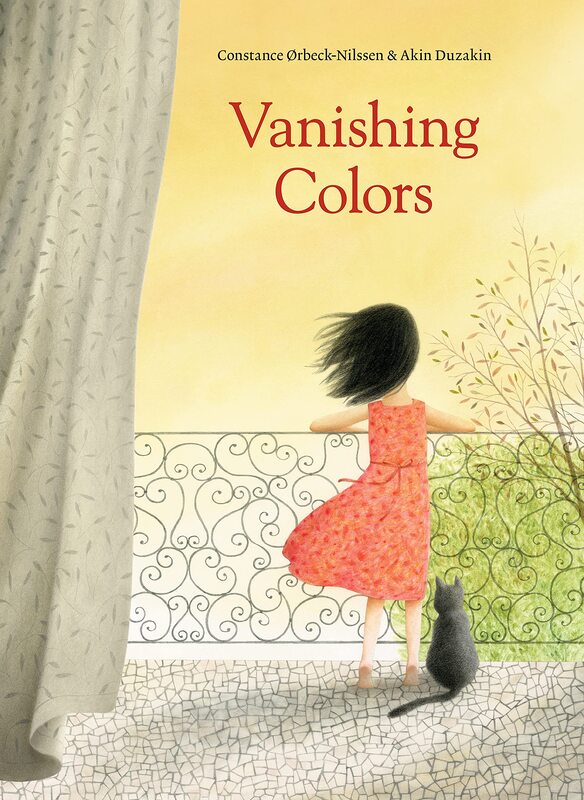
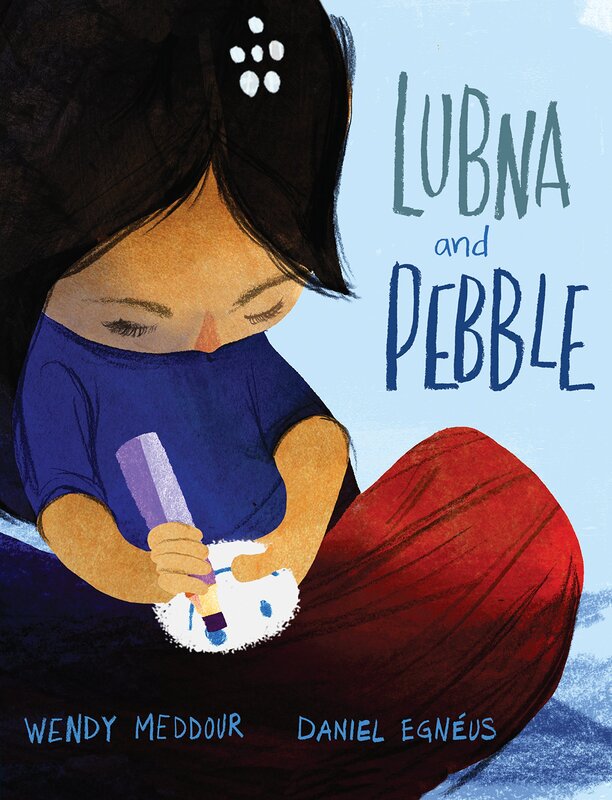
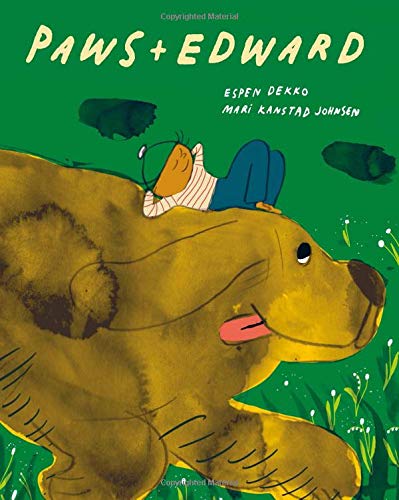
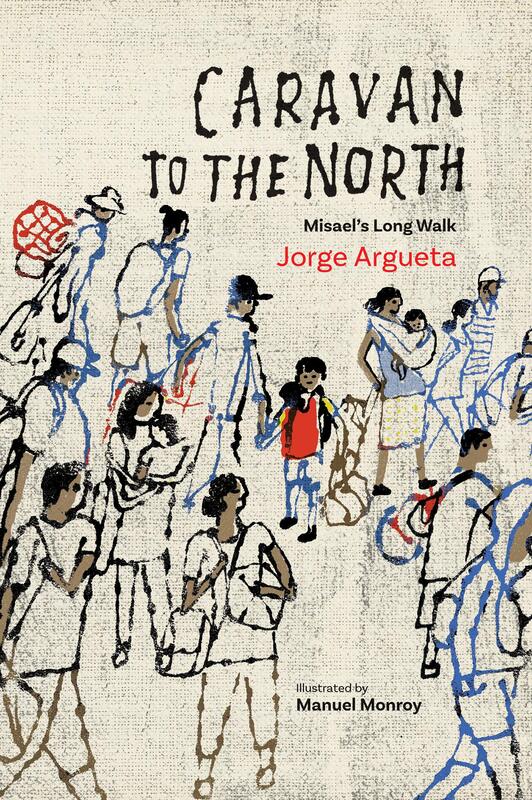
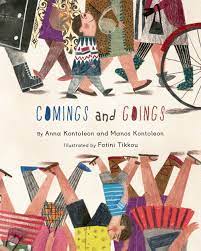
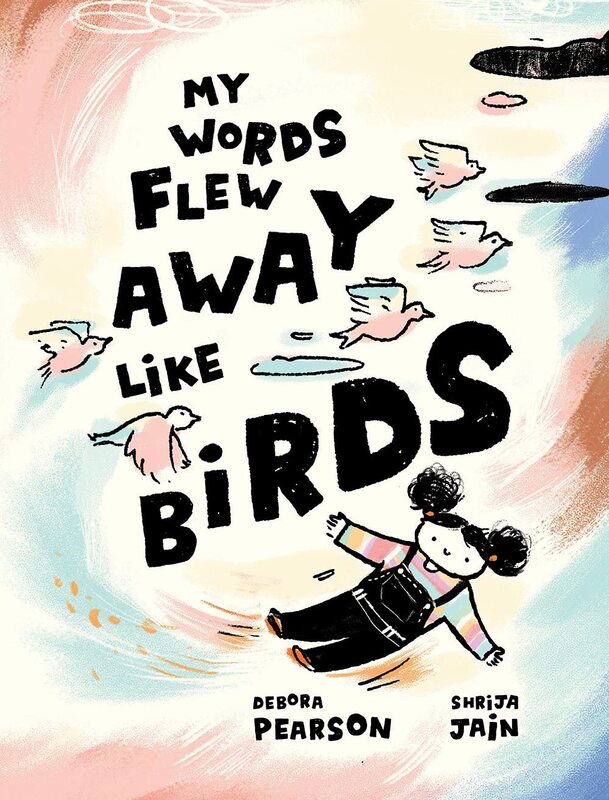
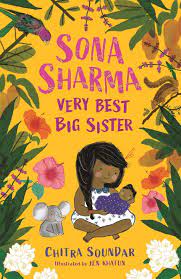
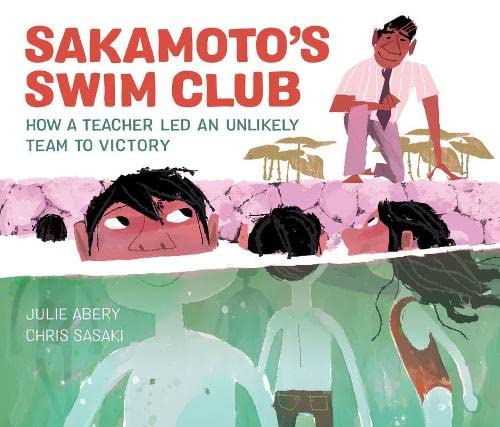
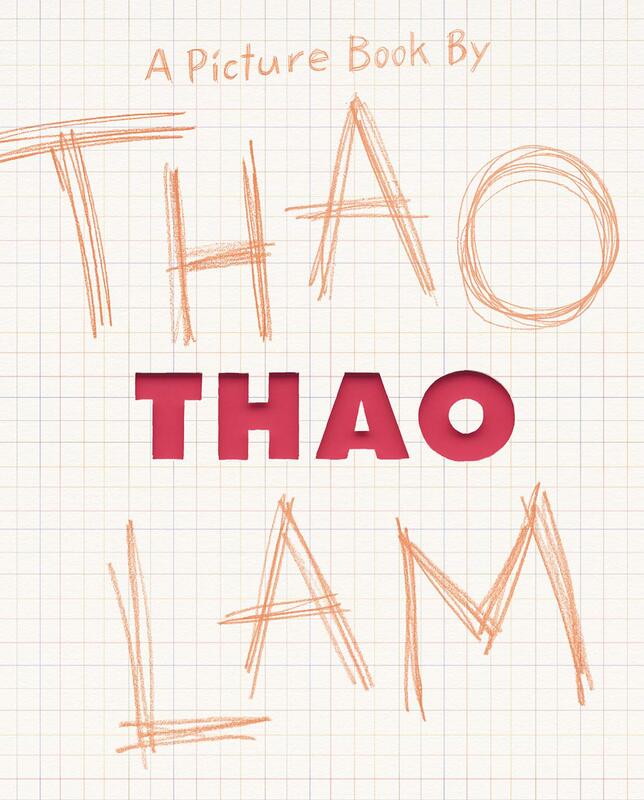
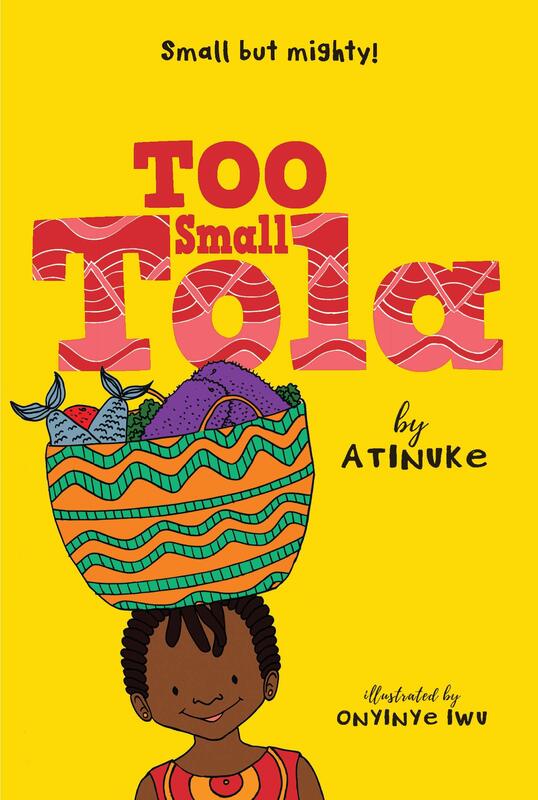
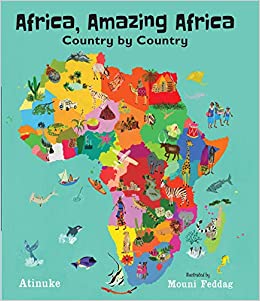
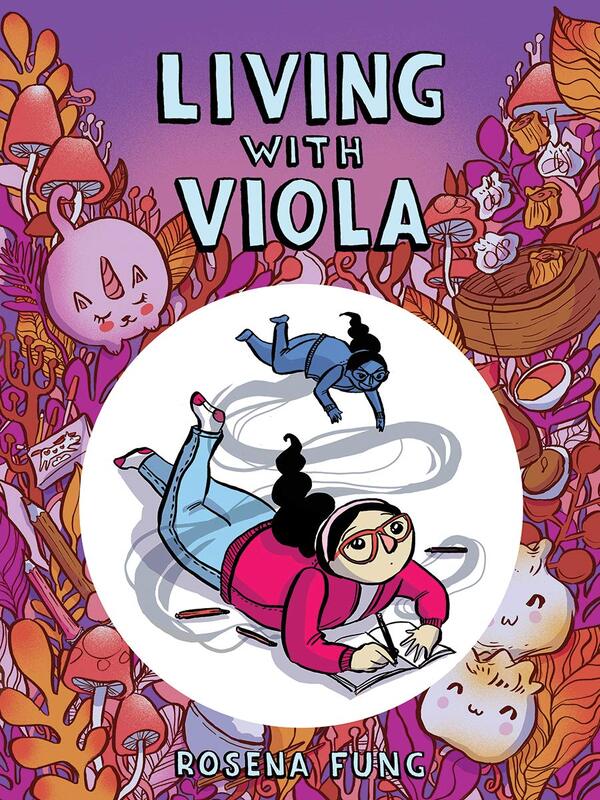
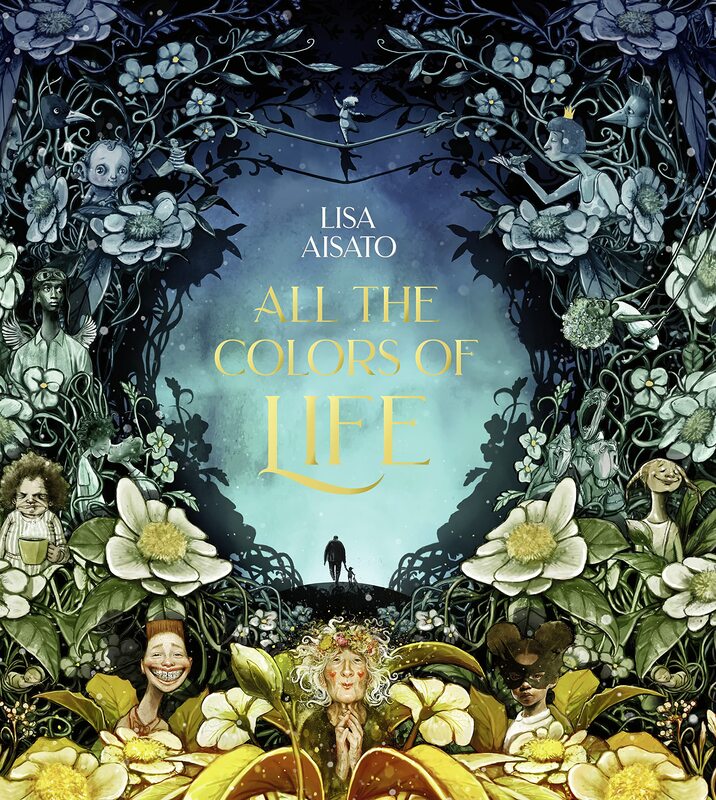
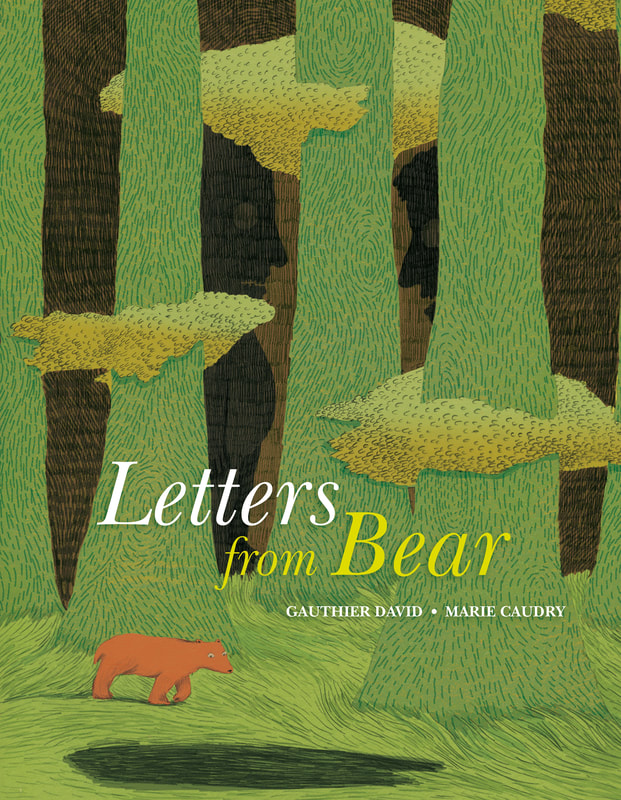
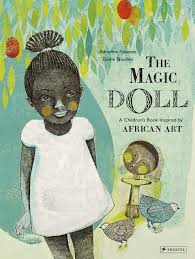
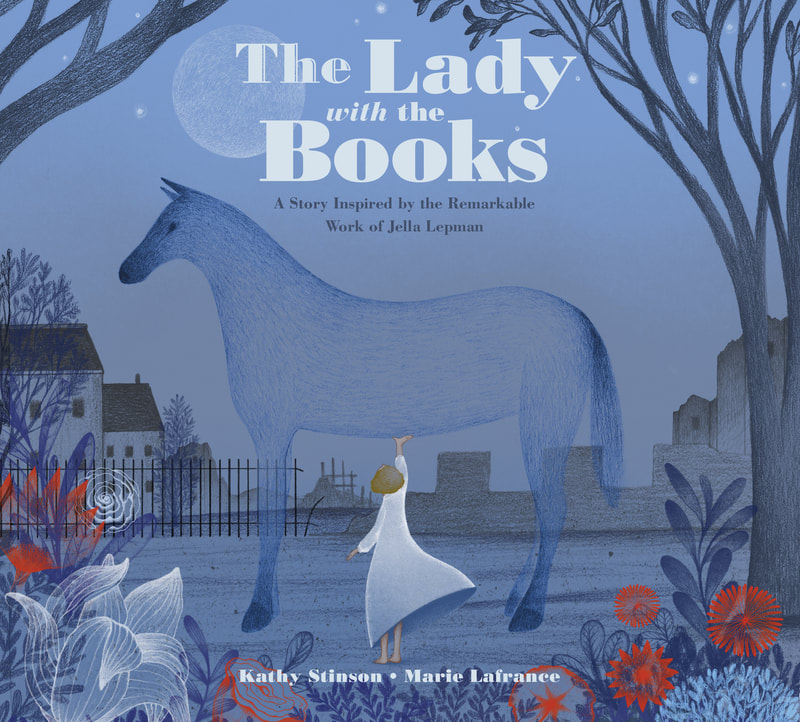
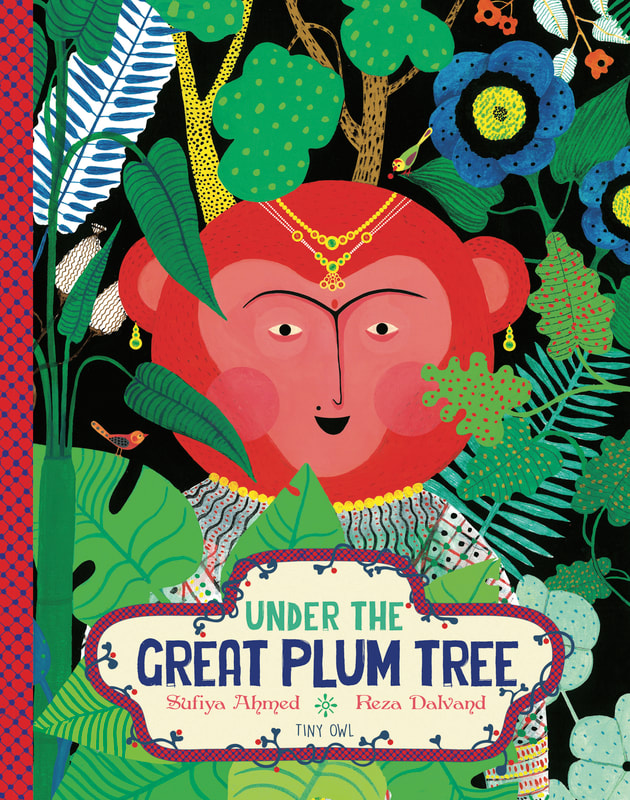
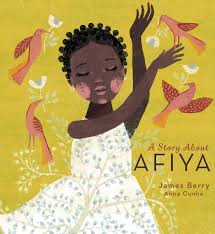
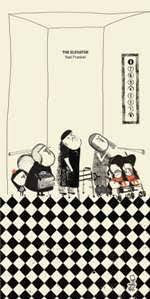
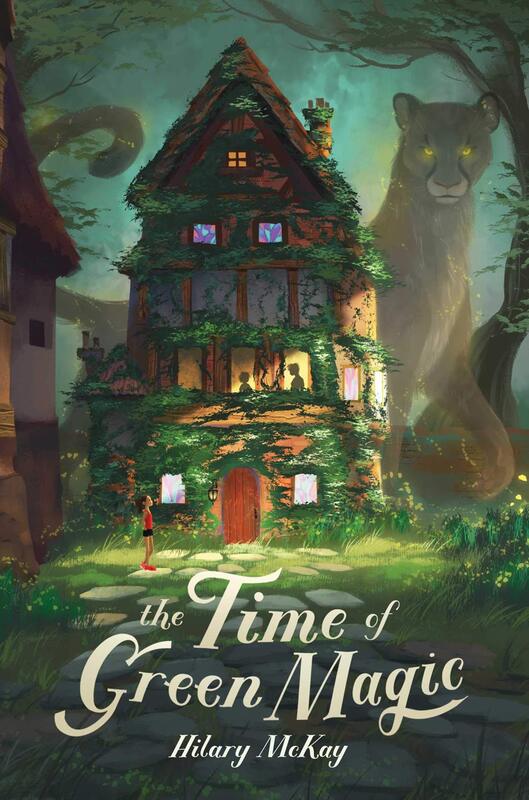
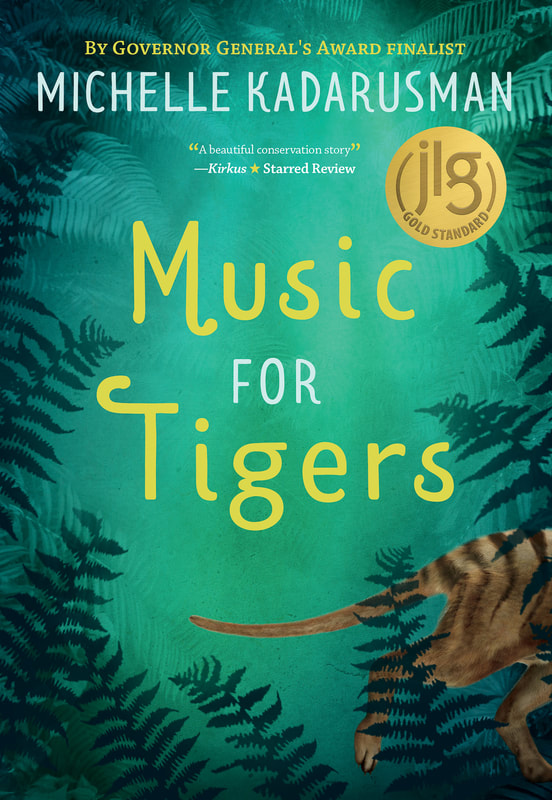
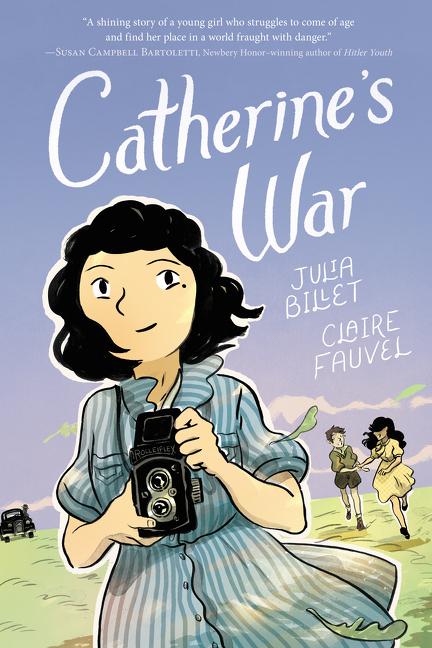
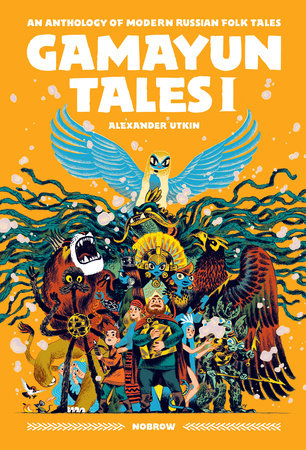
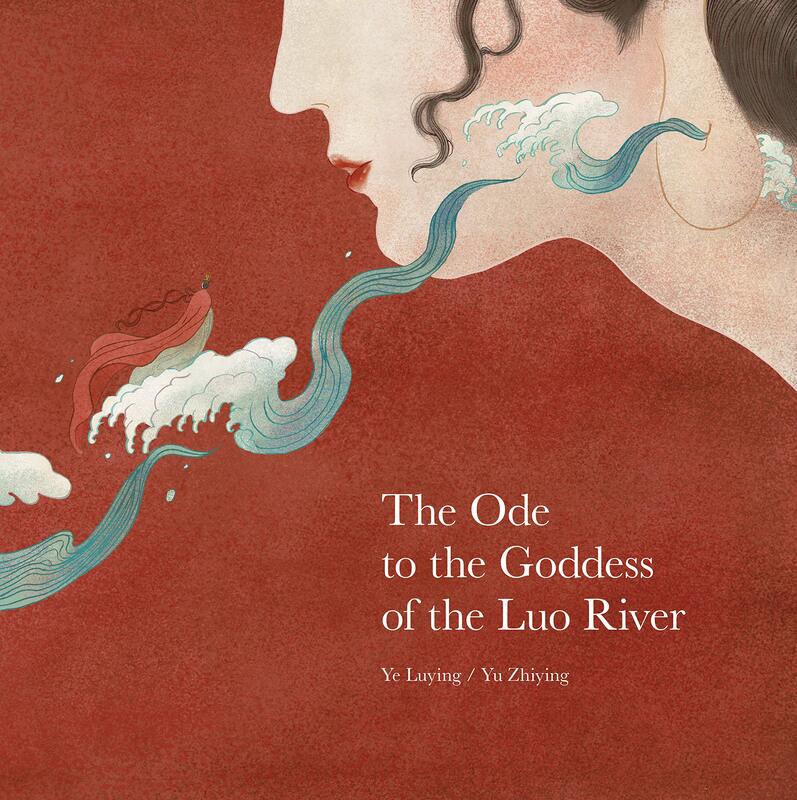
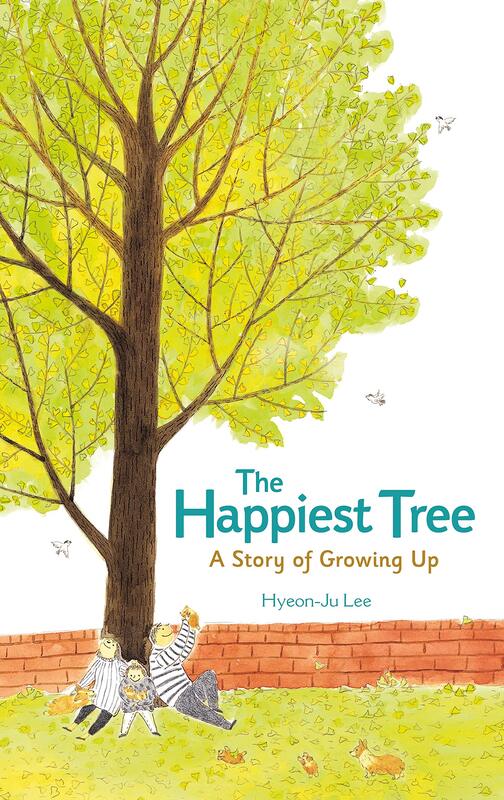
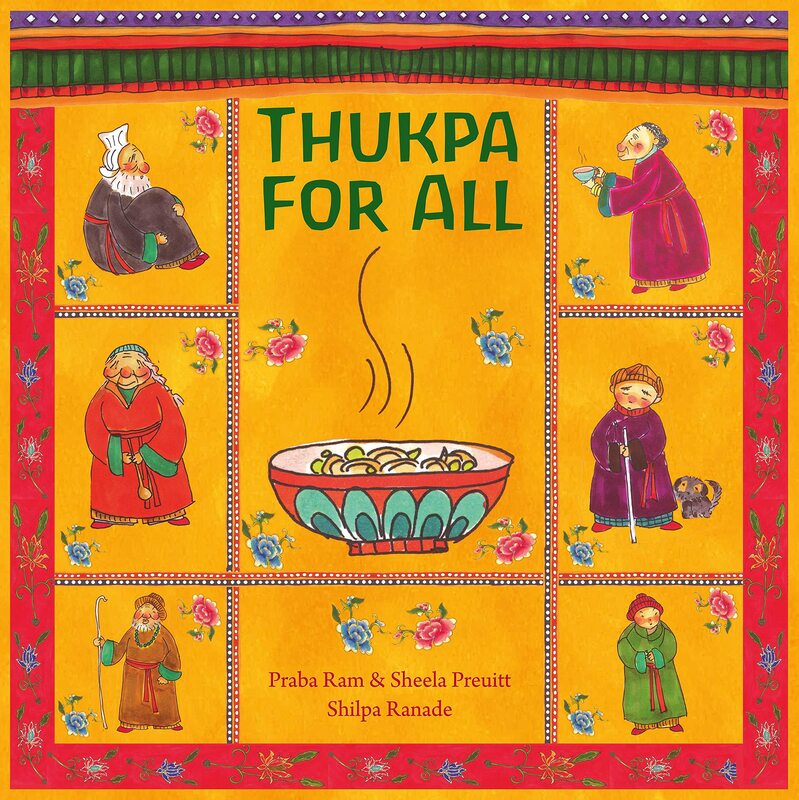
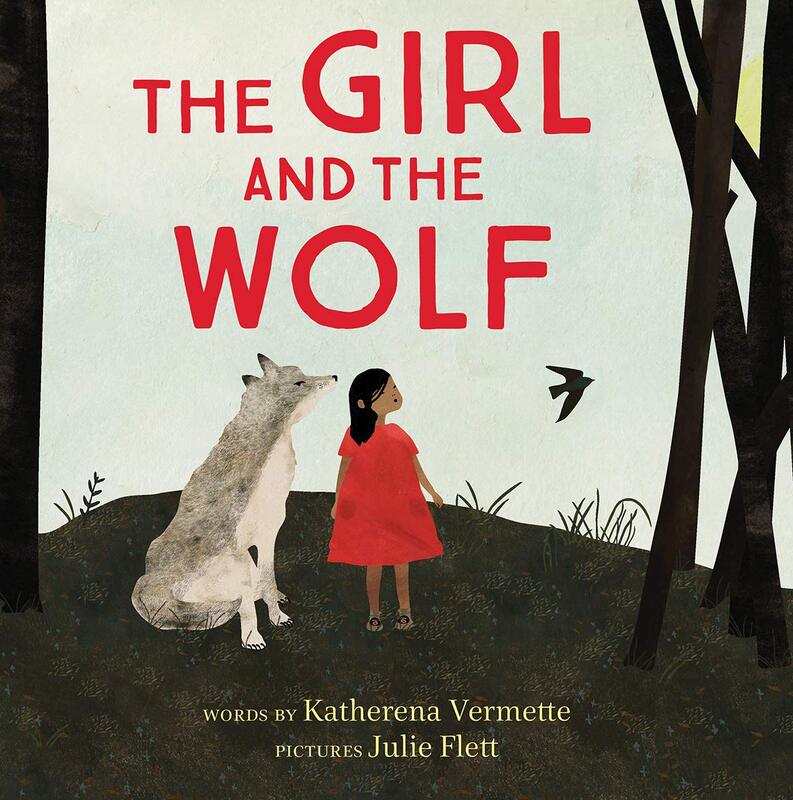
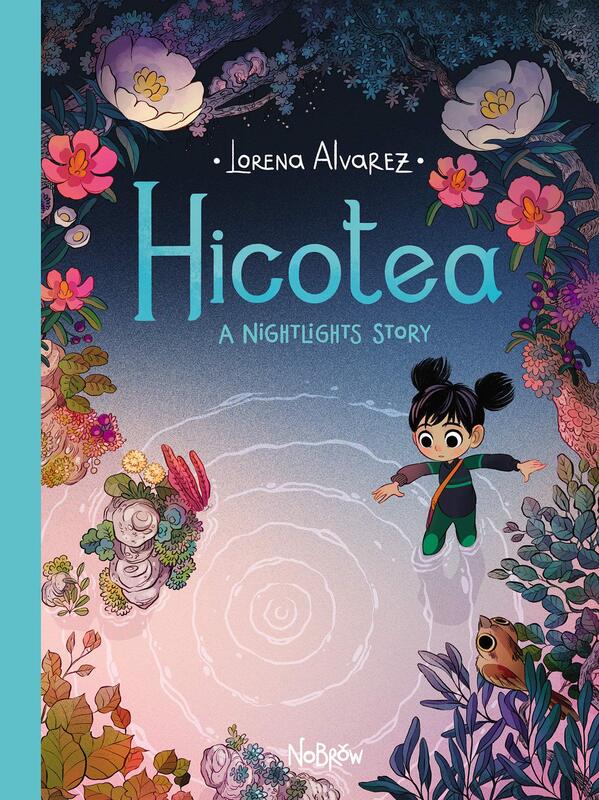
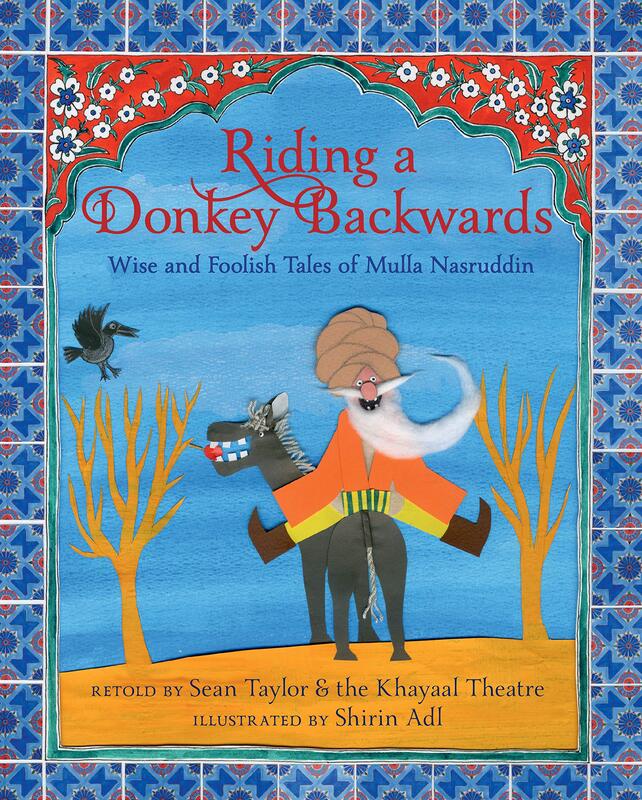
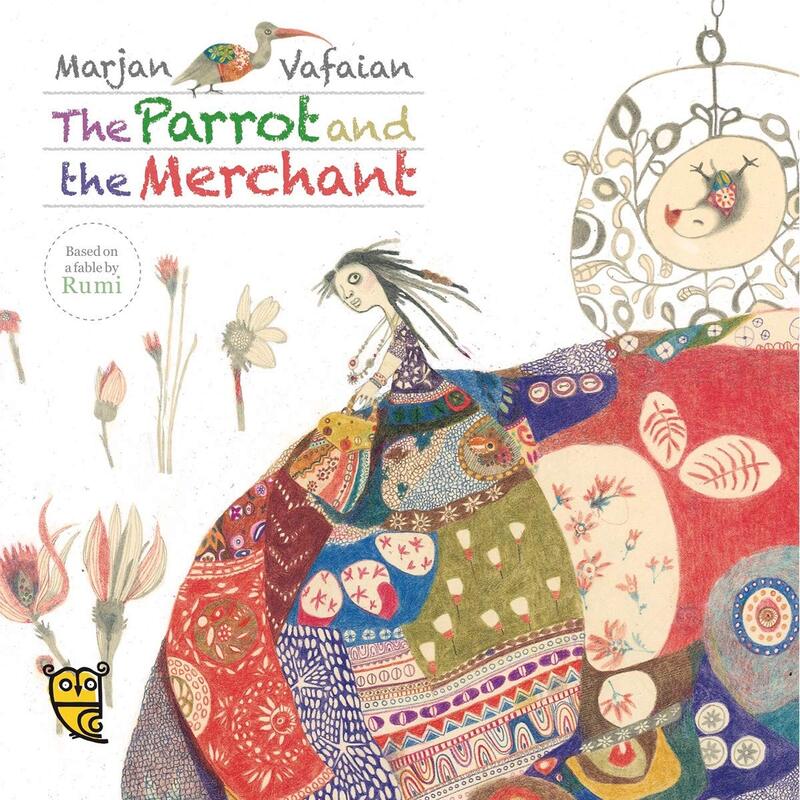
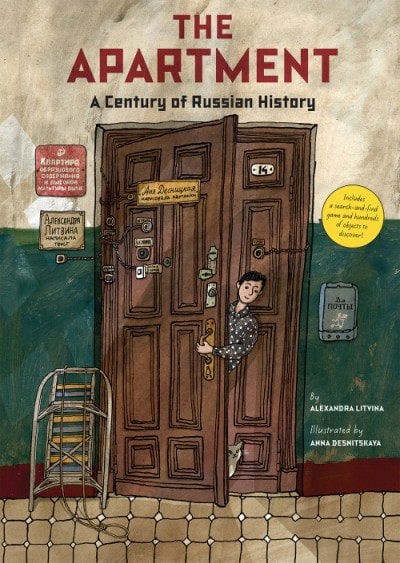
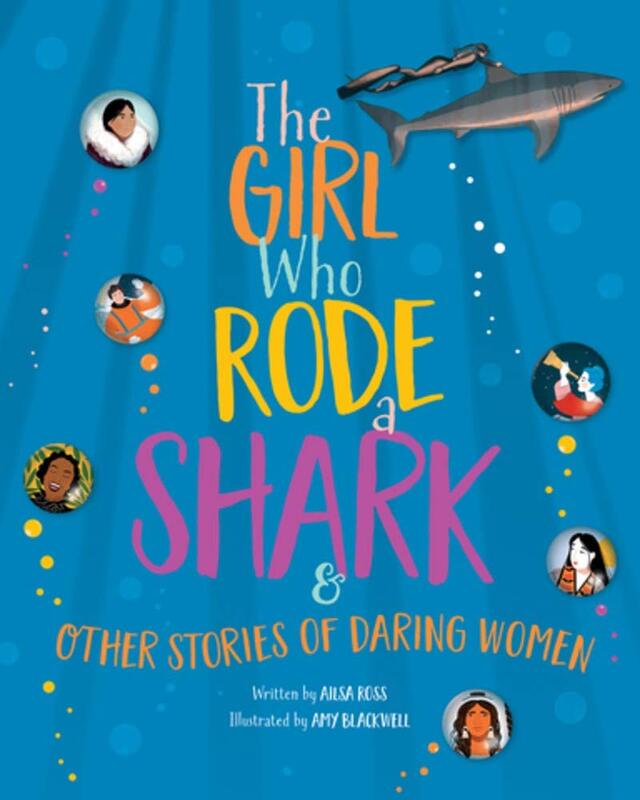
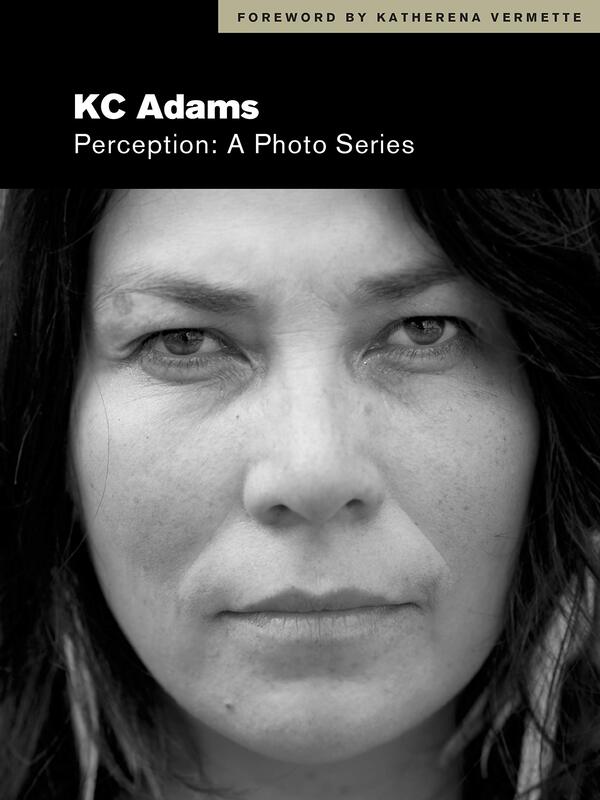
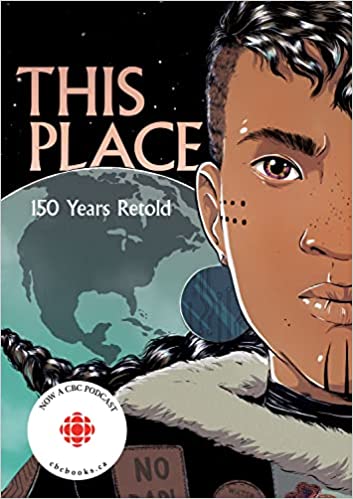
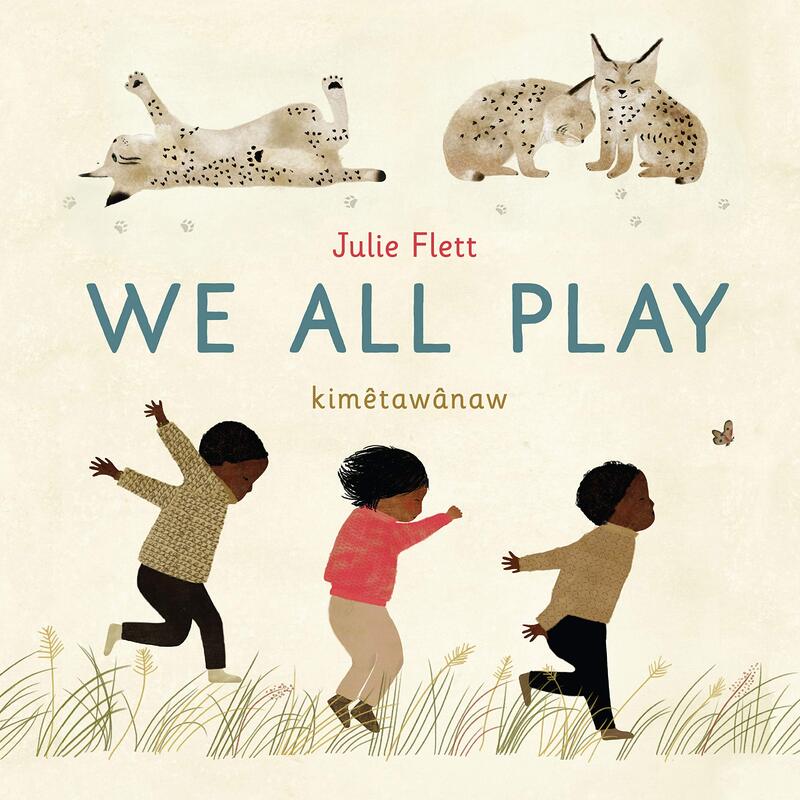
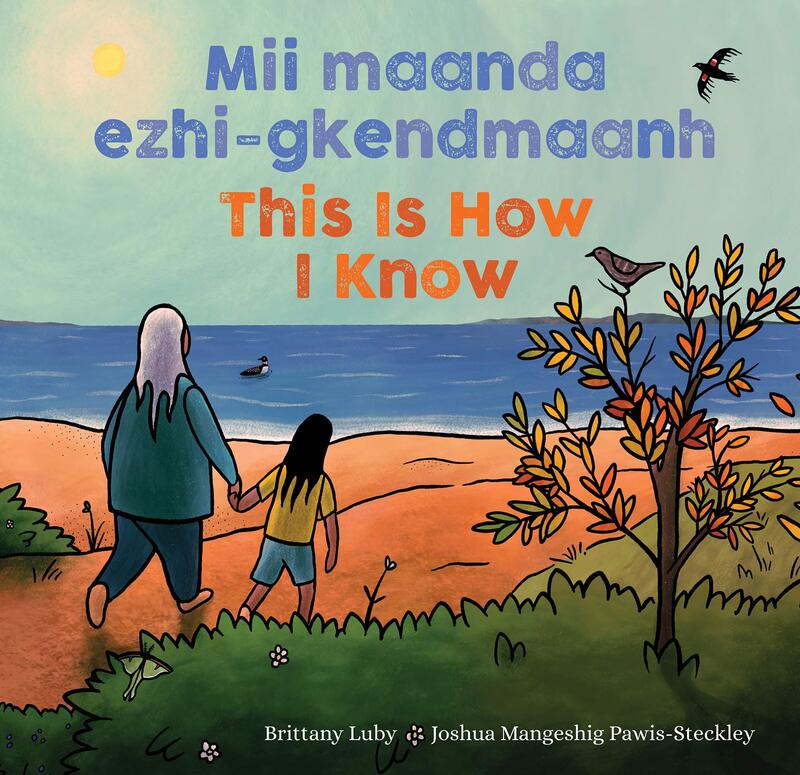
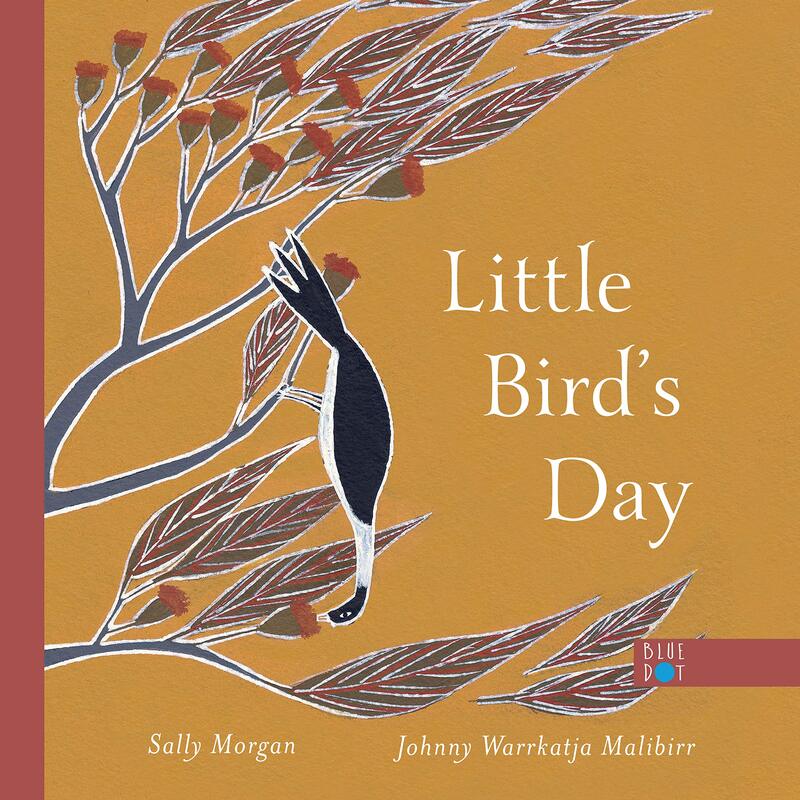
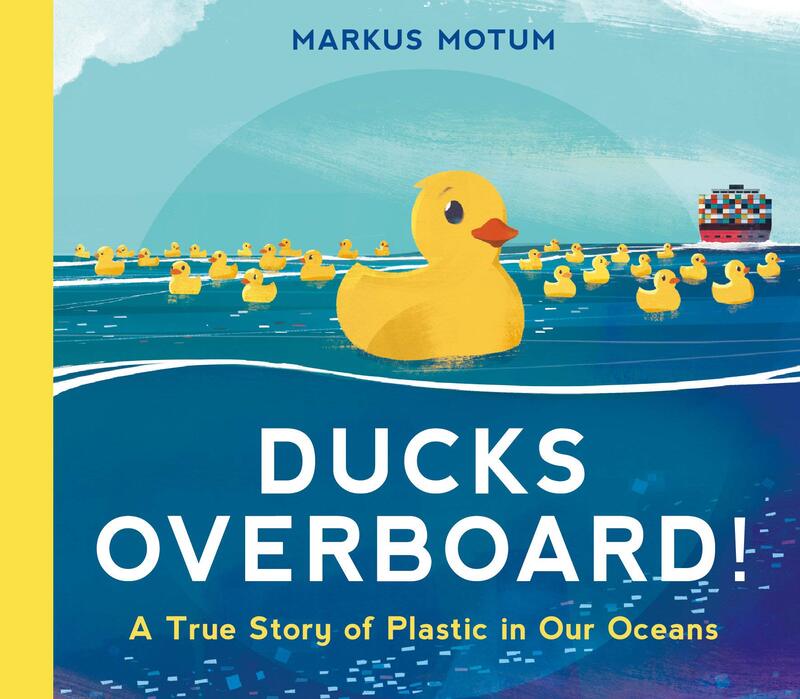
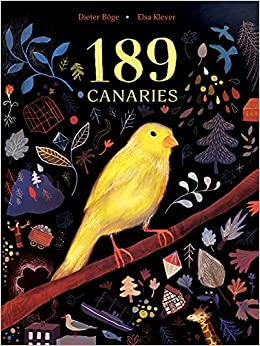
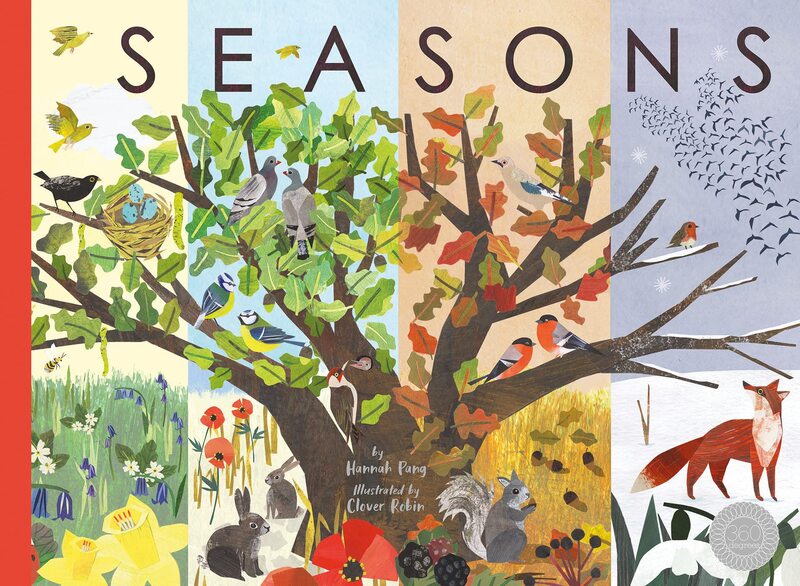
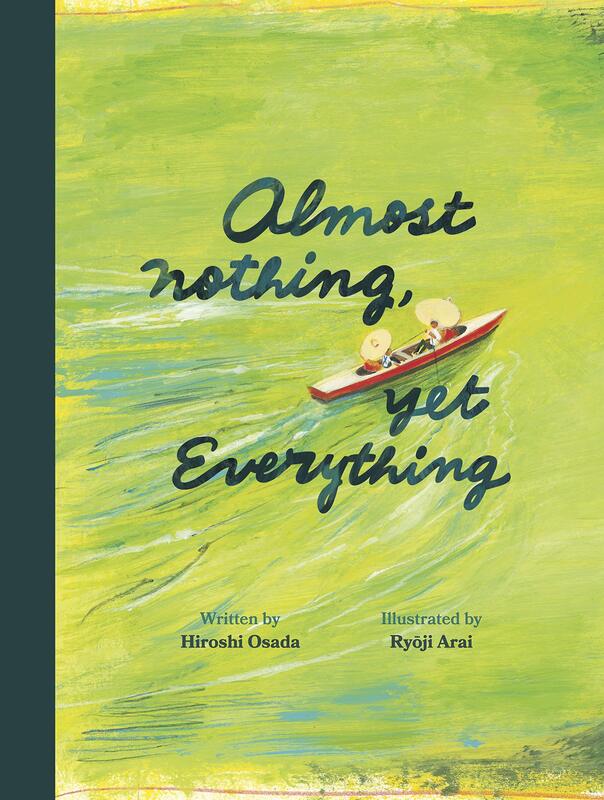
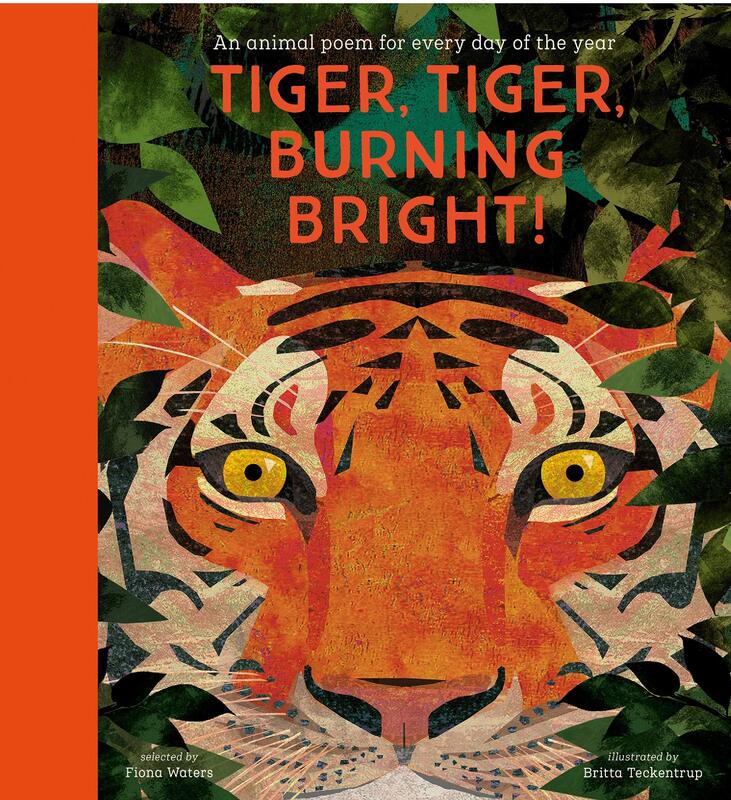
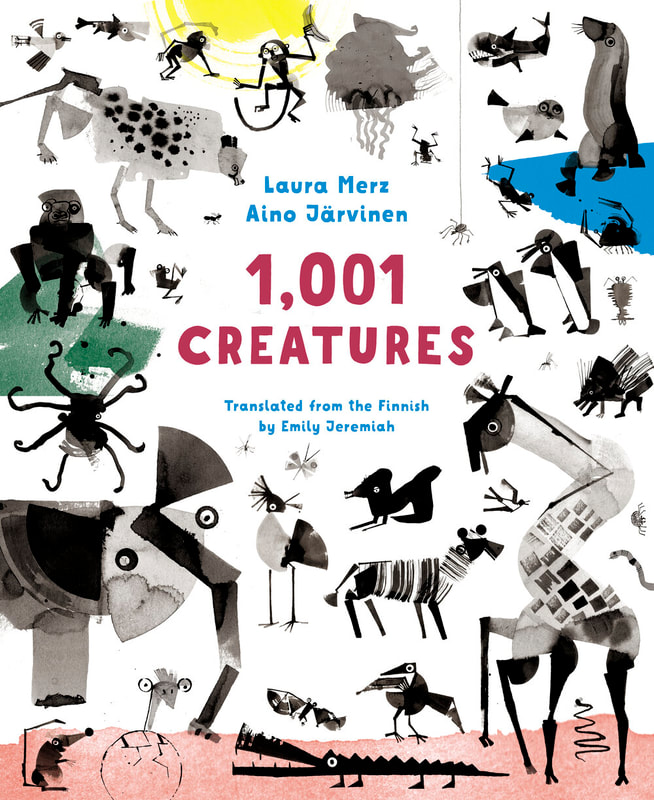

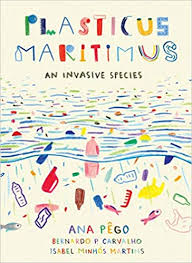
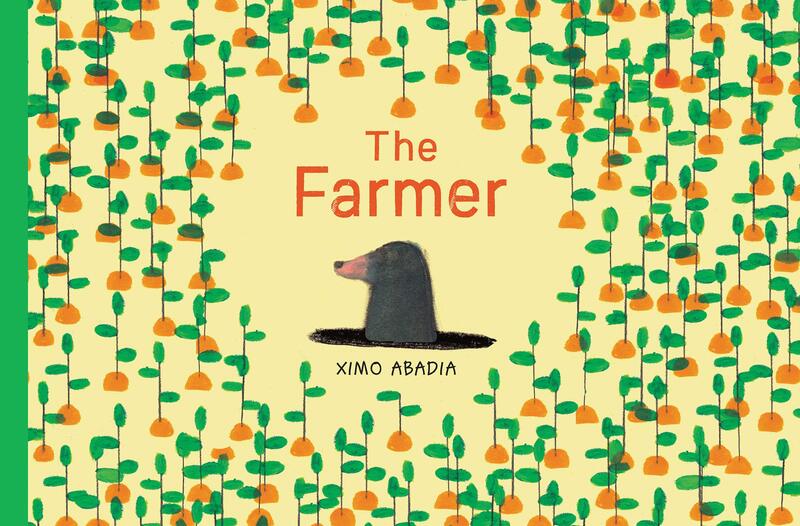
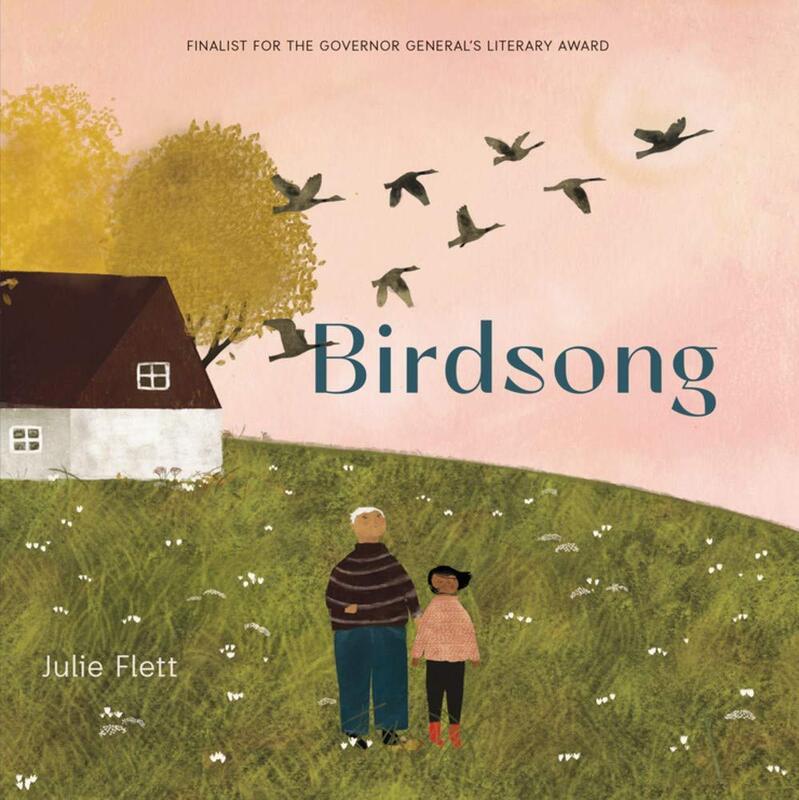
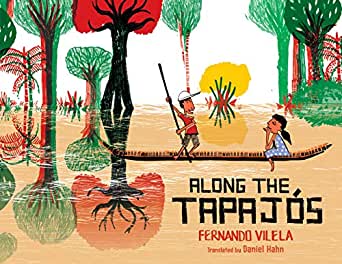
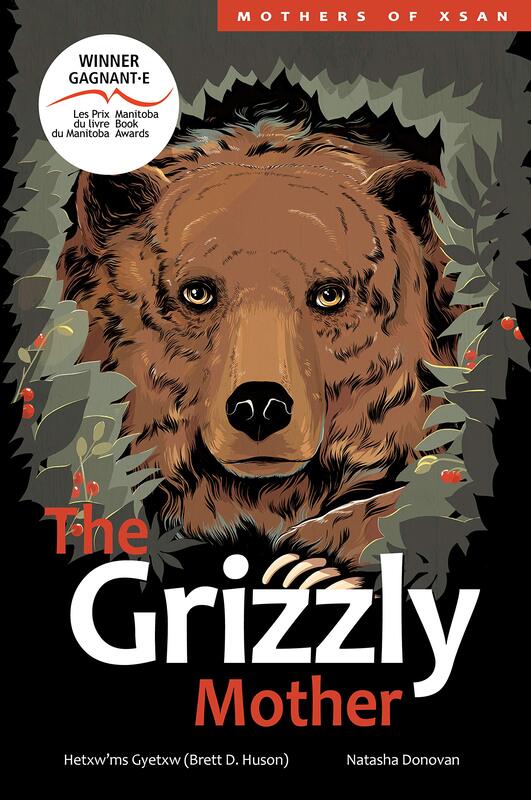
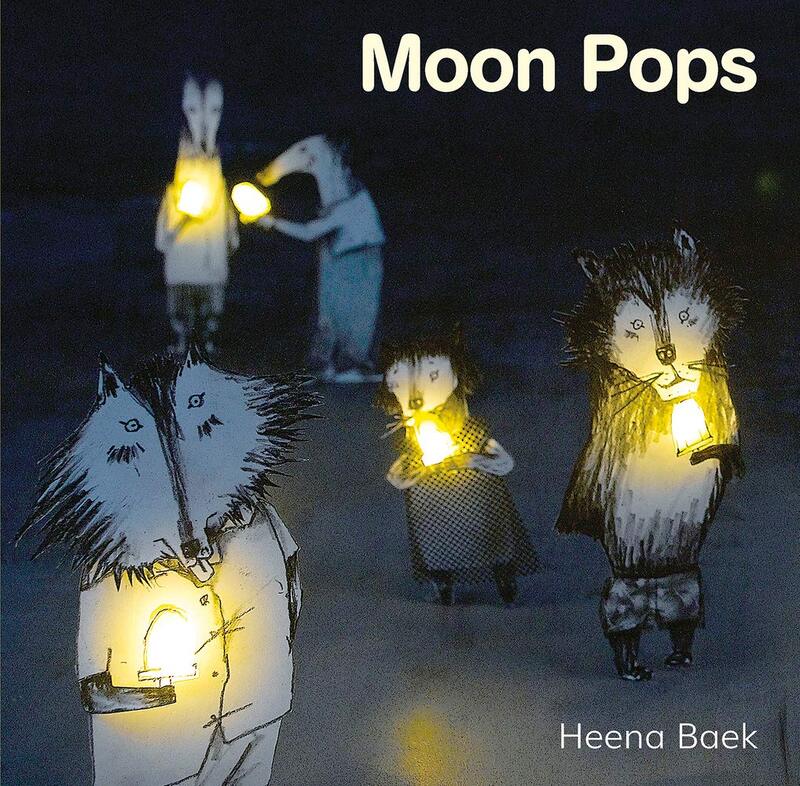
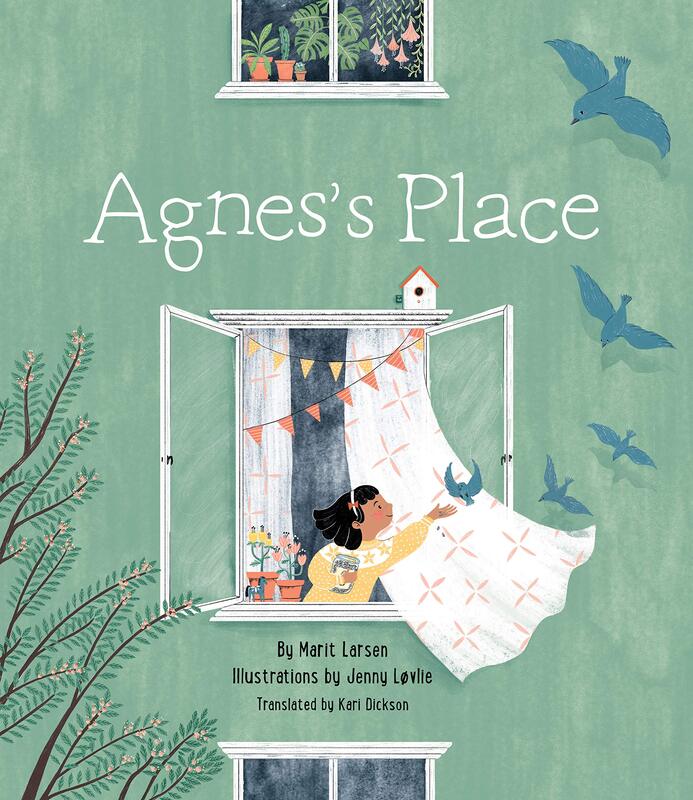
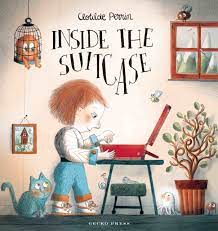
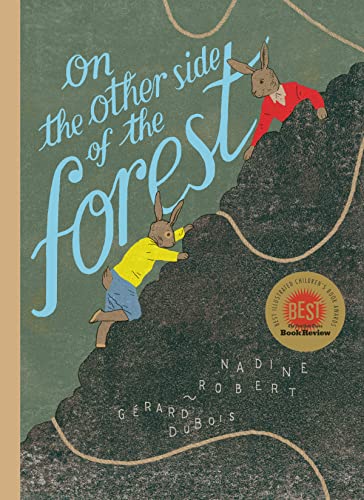
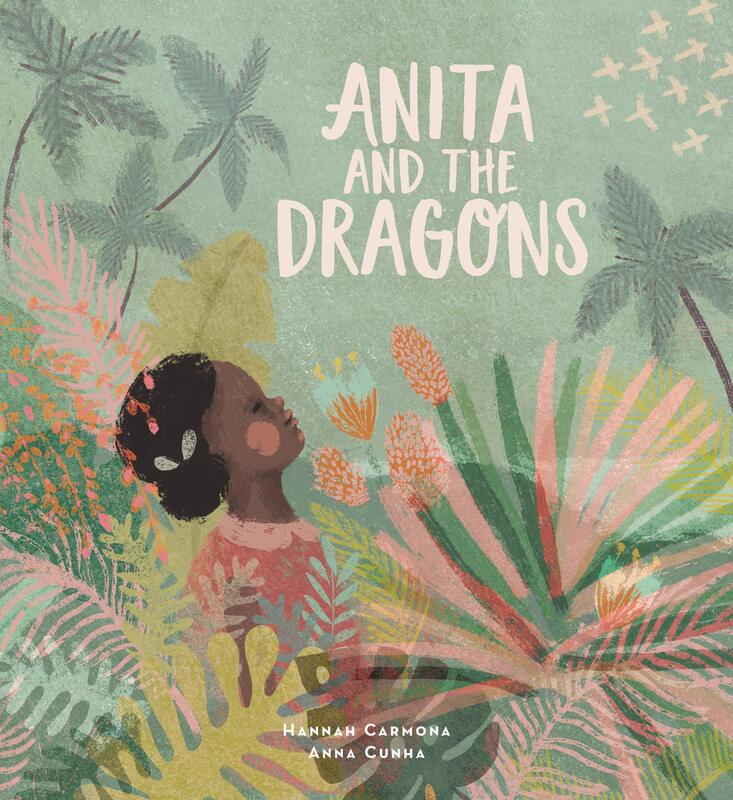
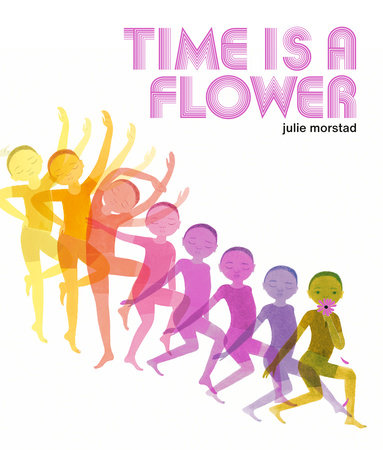
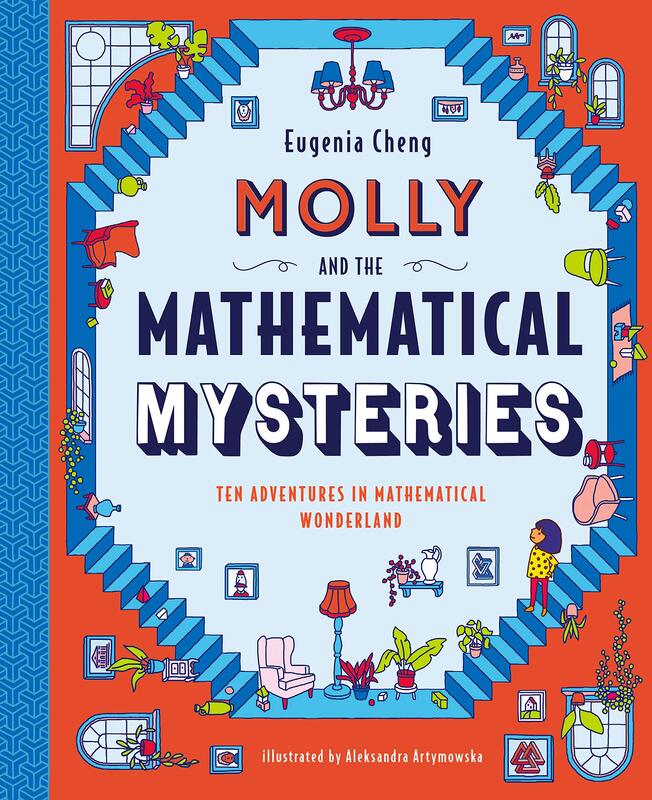
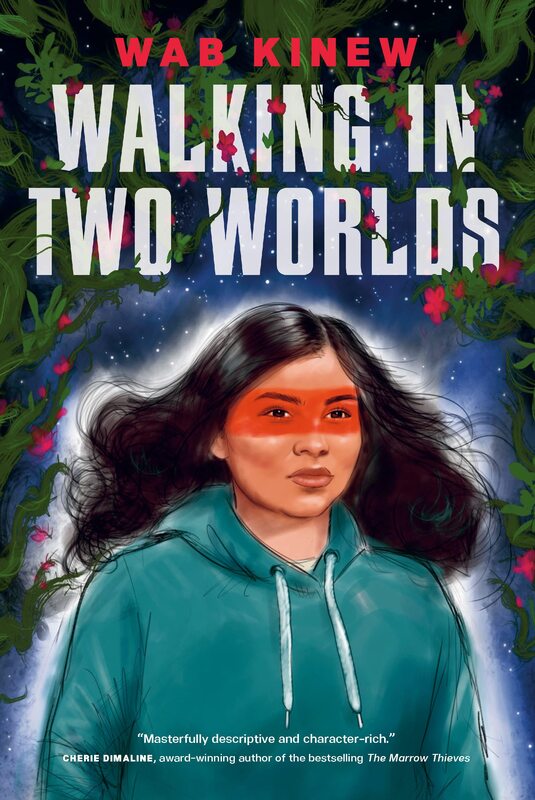
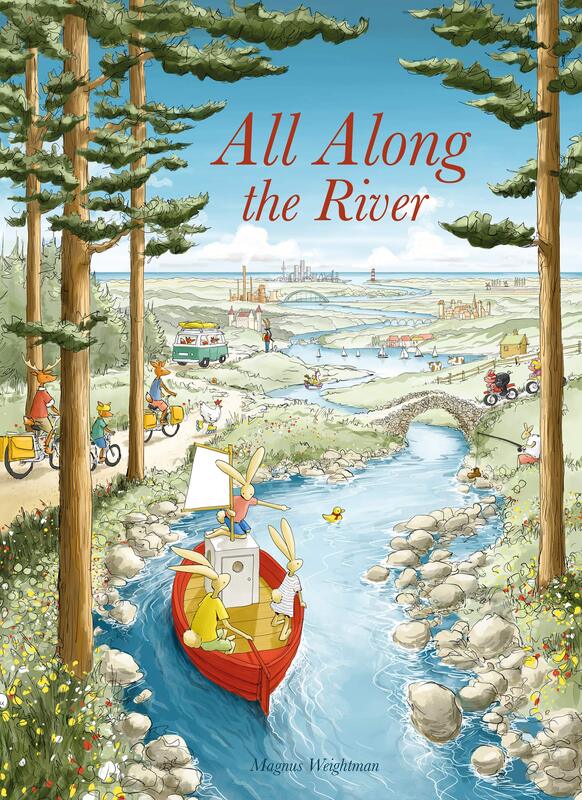
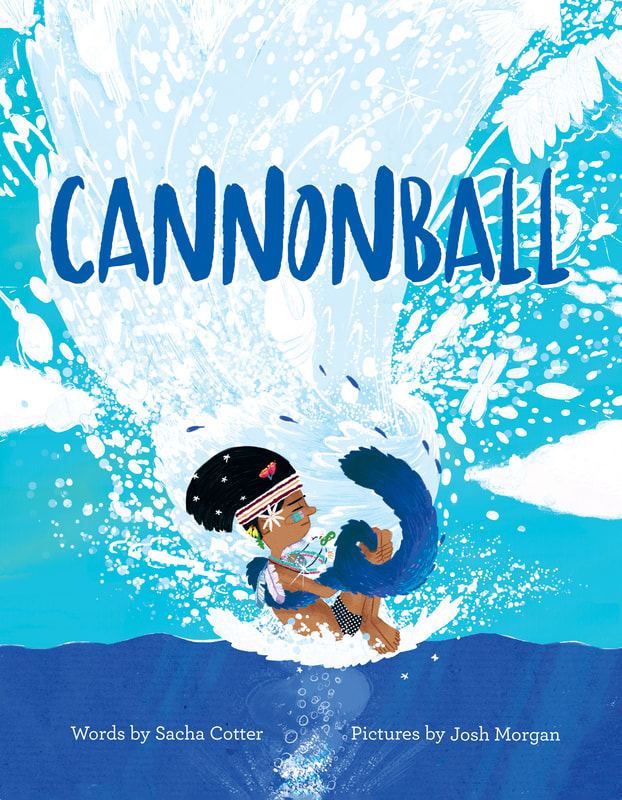
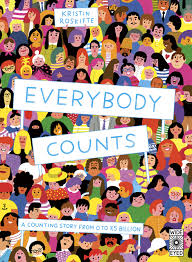
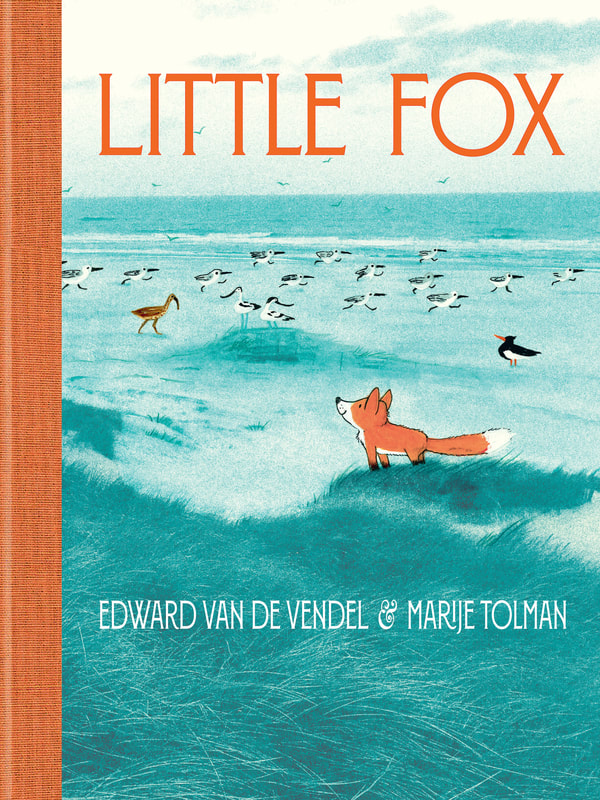
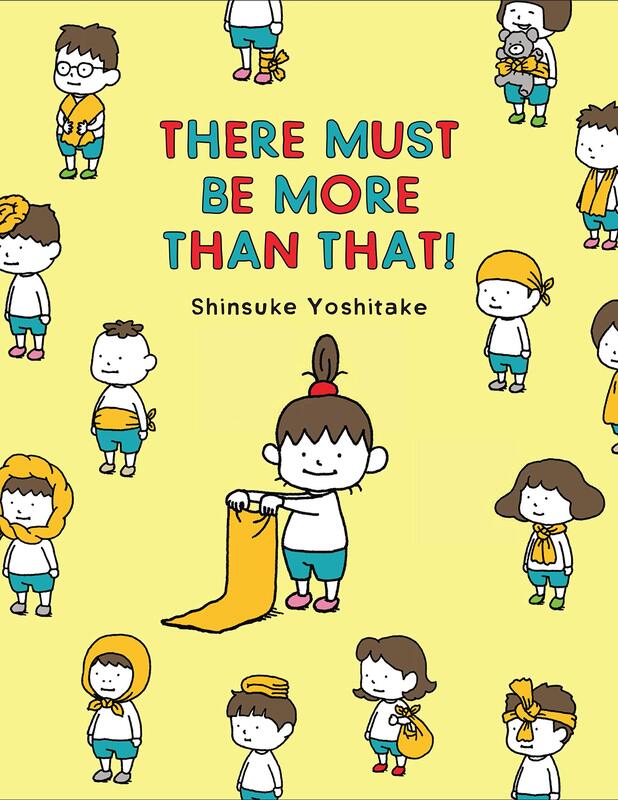
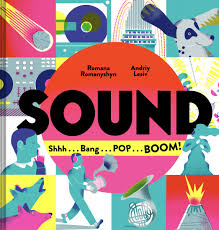
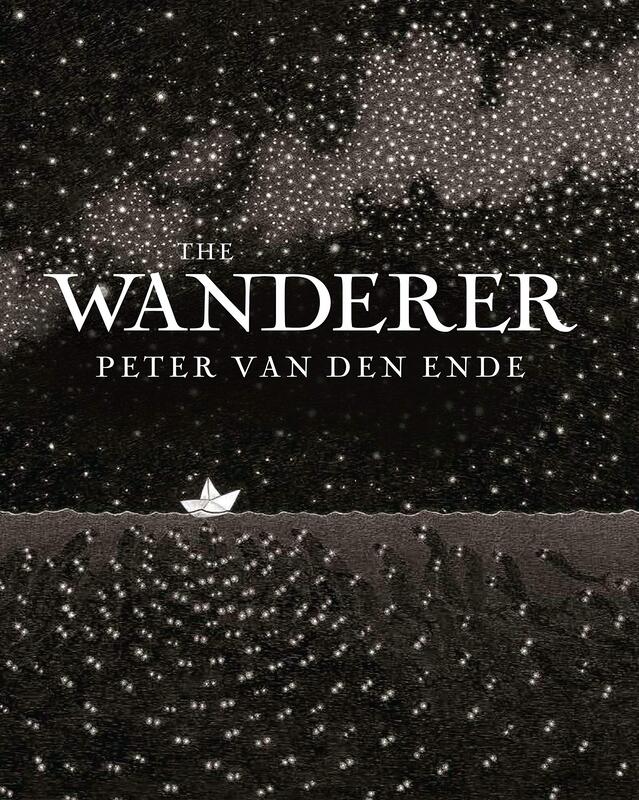
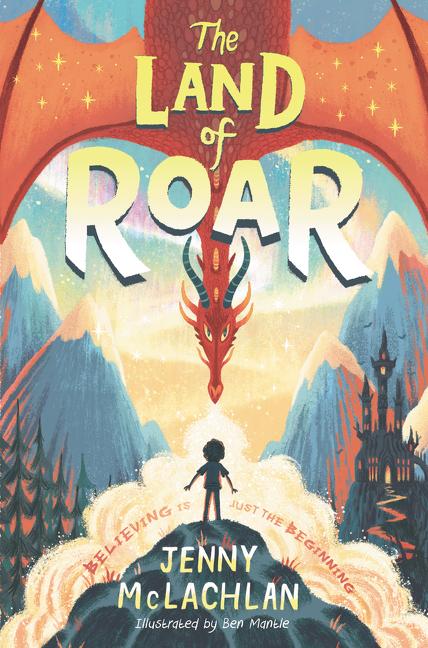
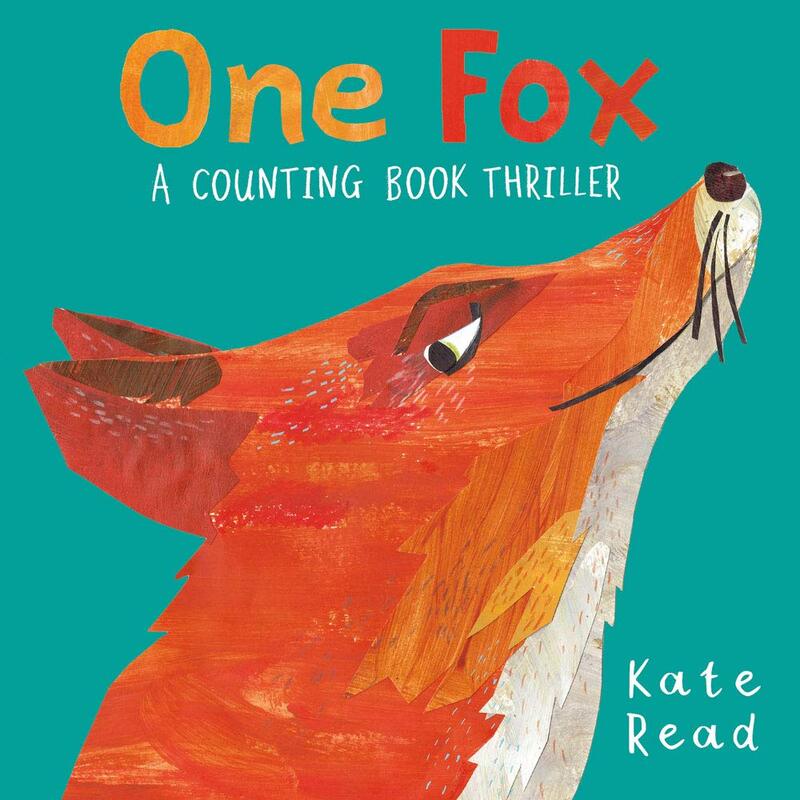
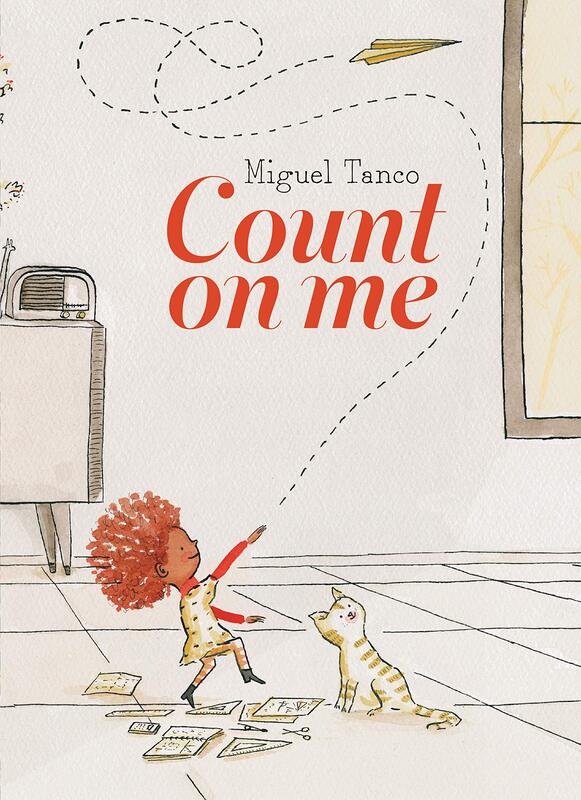
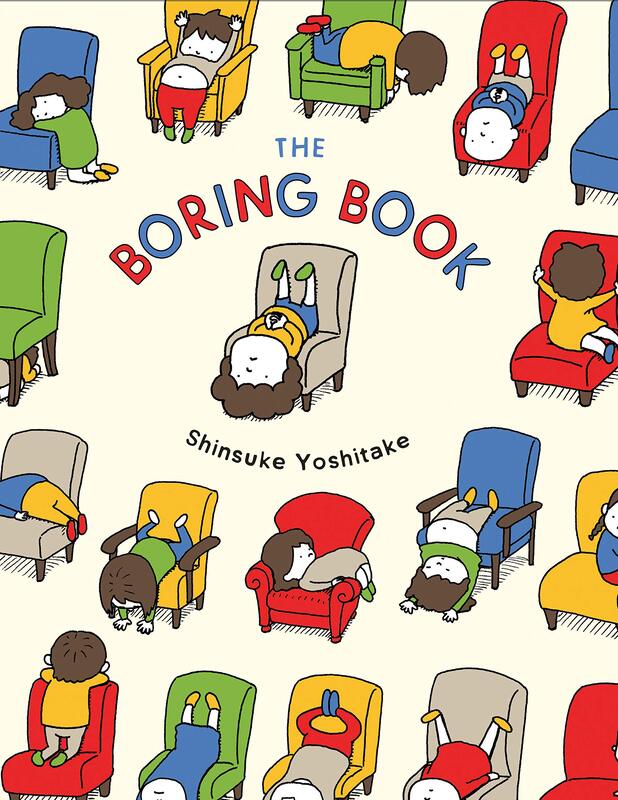
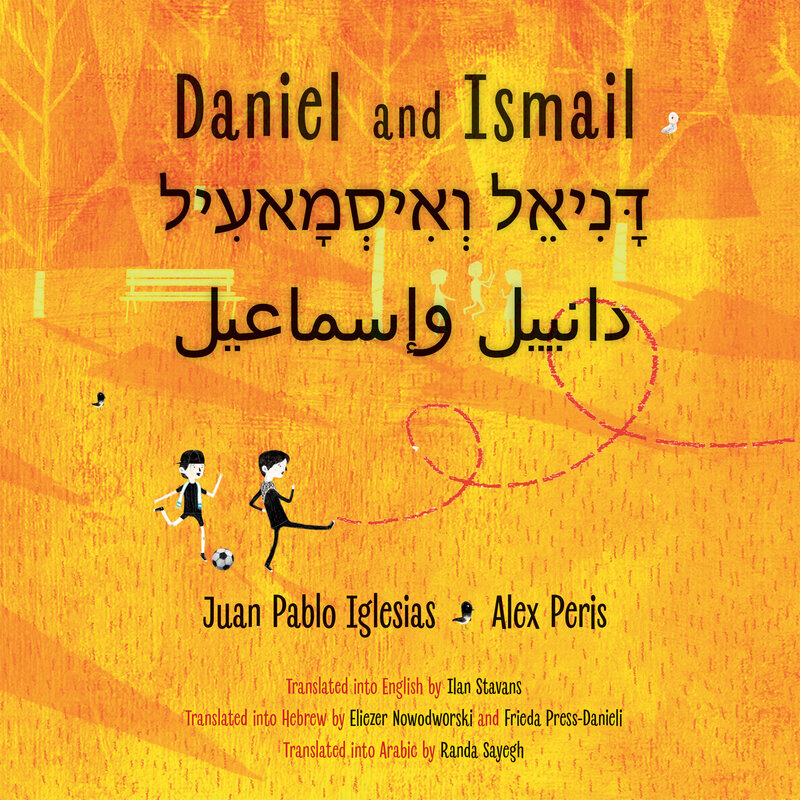
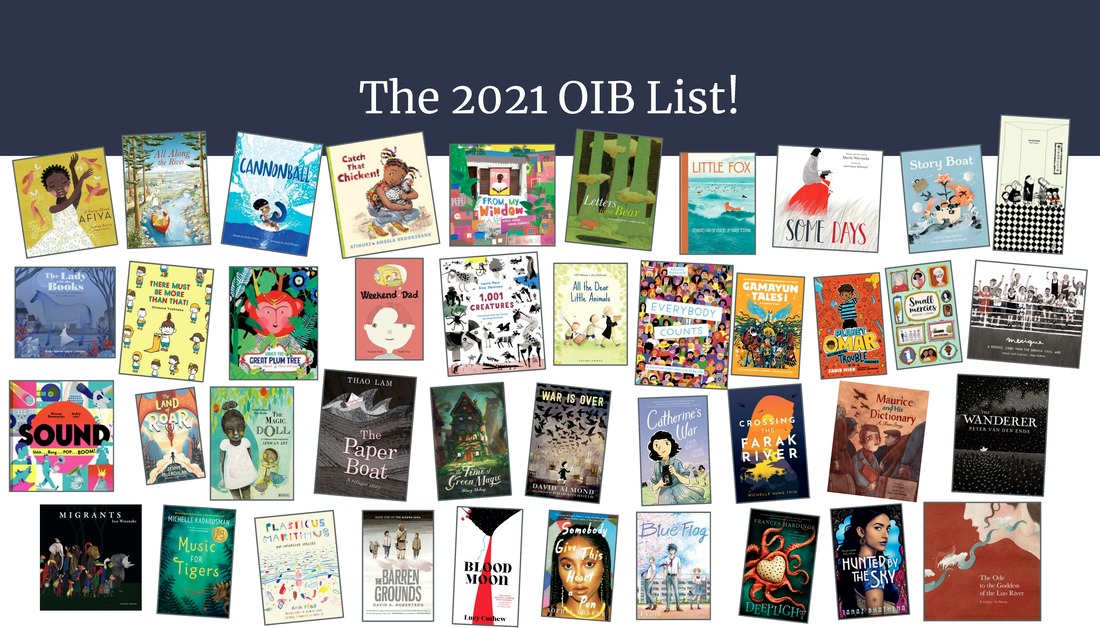
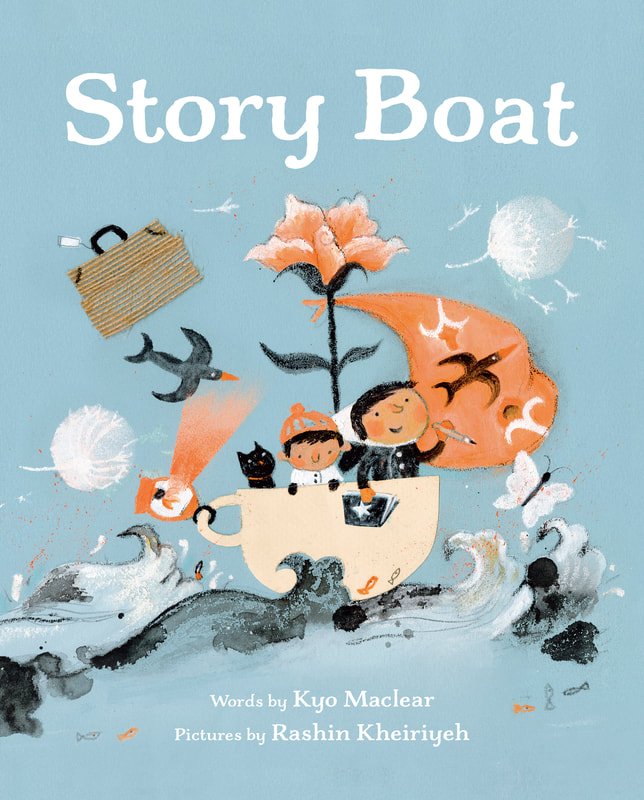

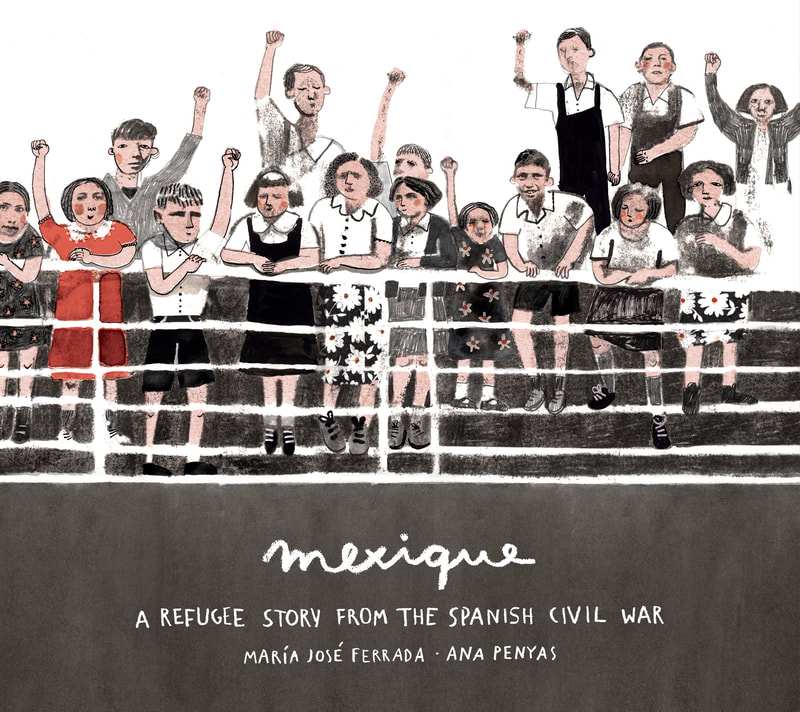
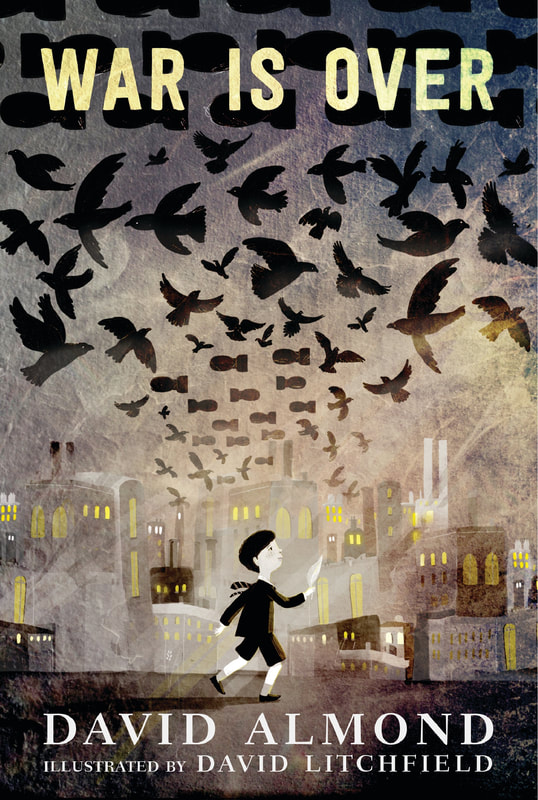


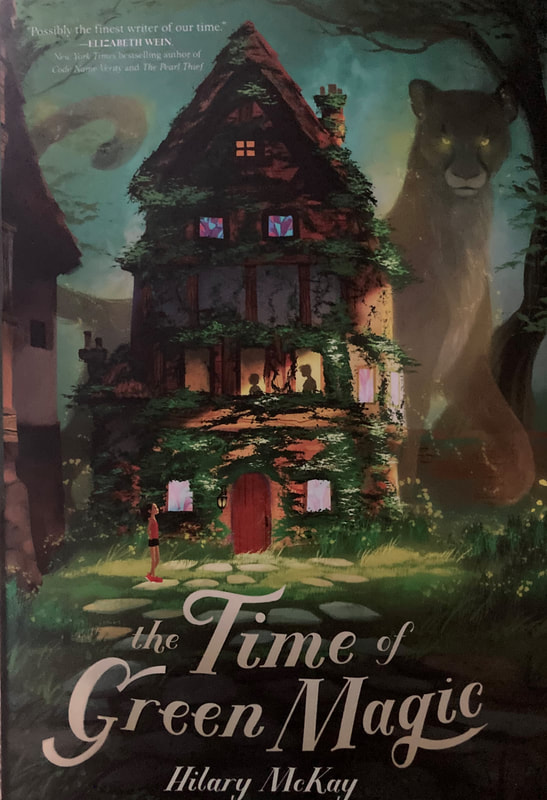
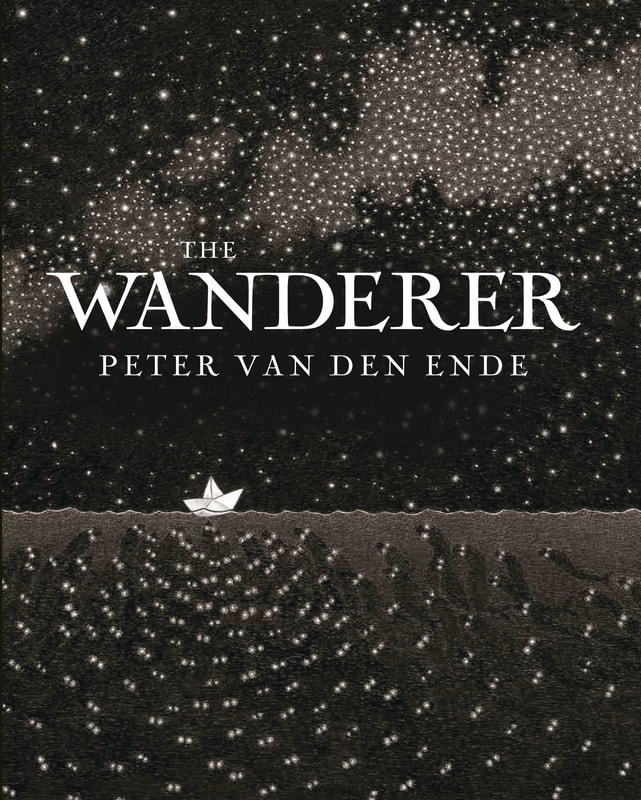
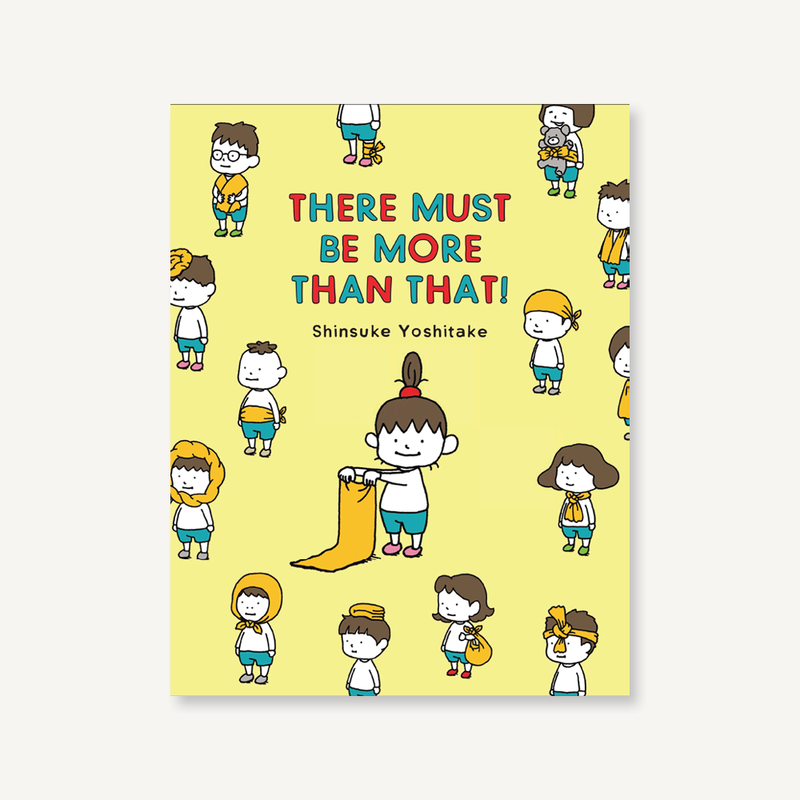
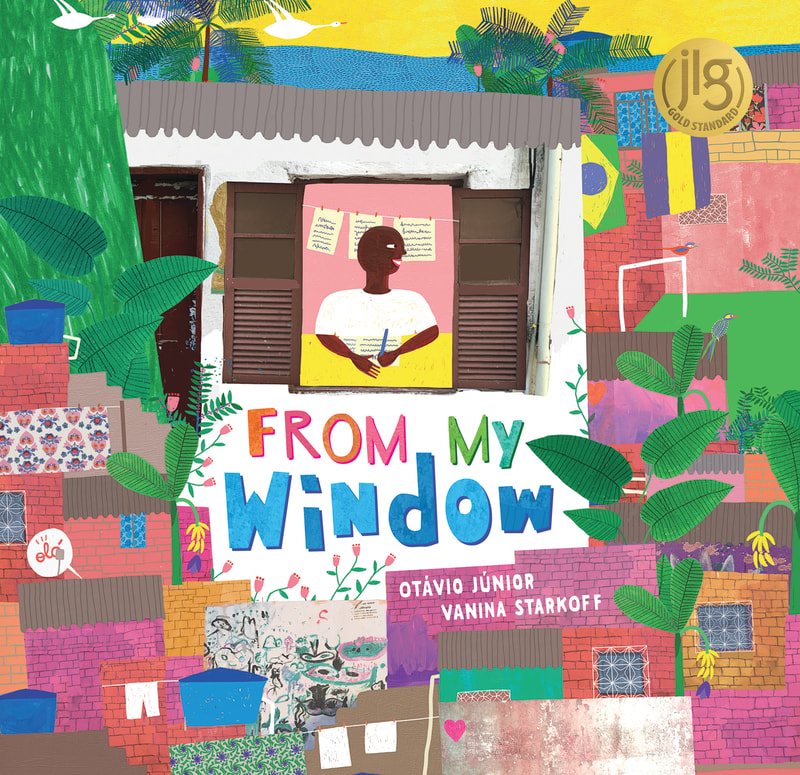
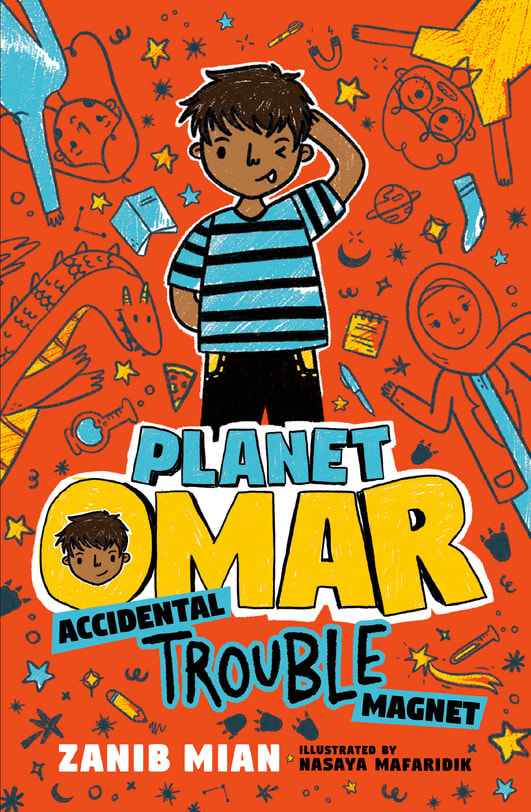
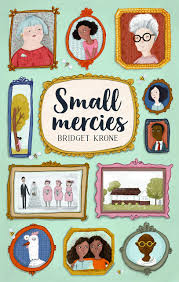
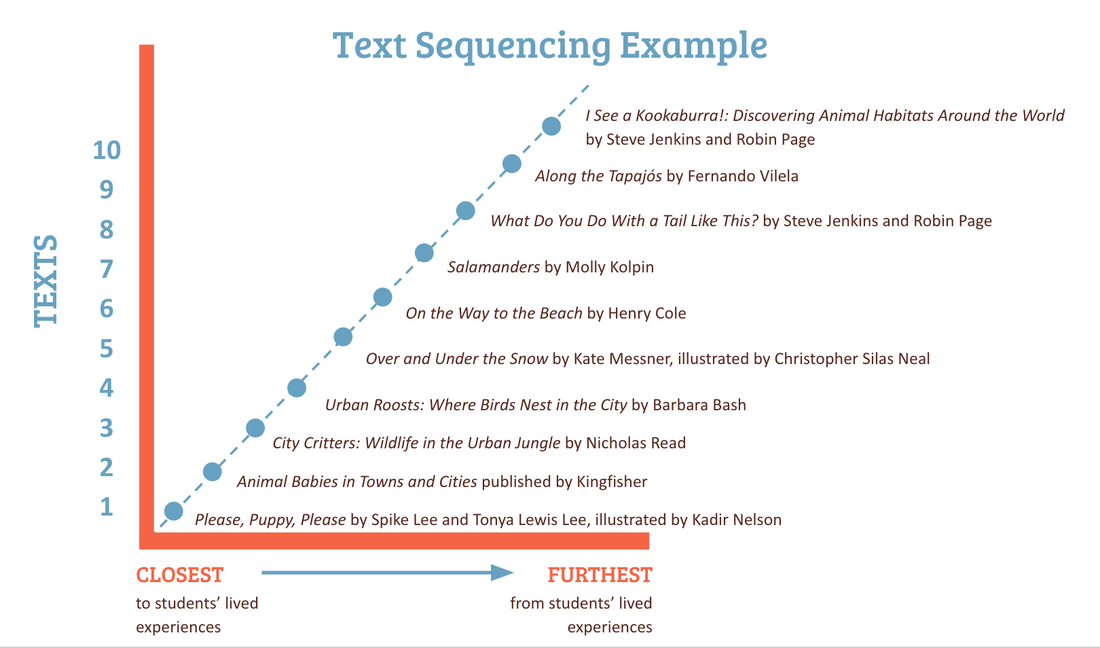
 RSS Feed
RSS Feed